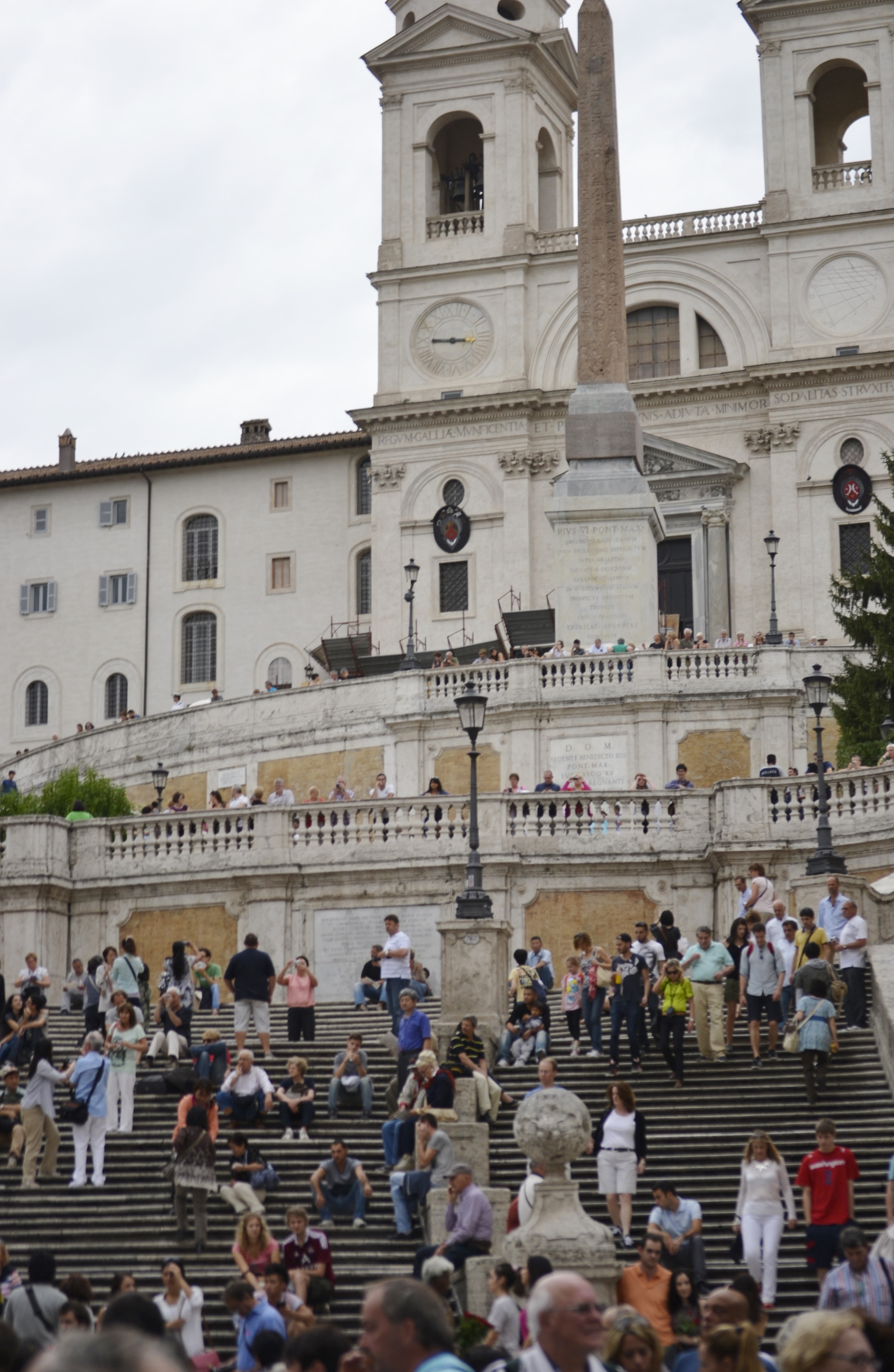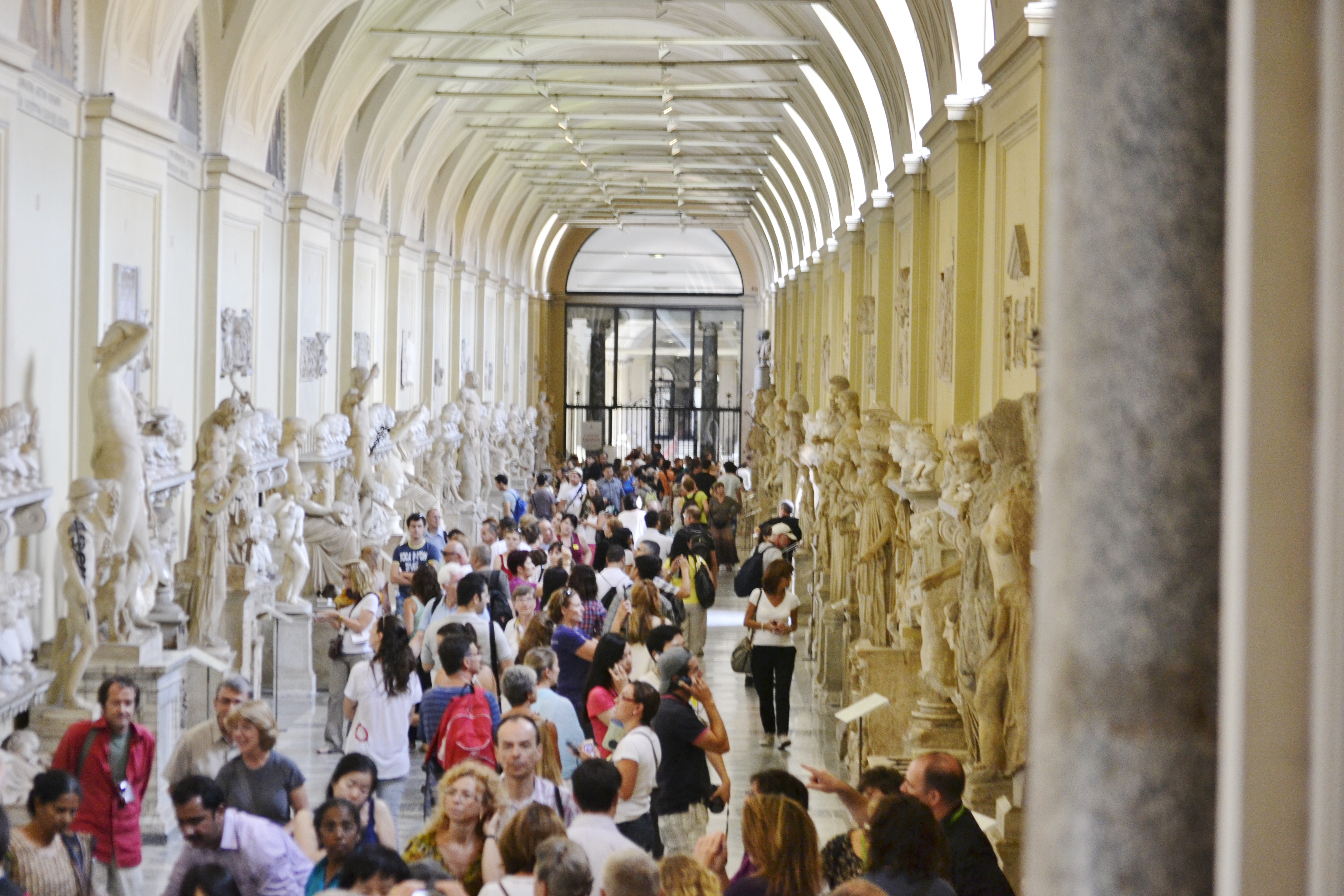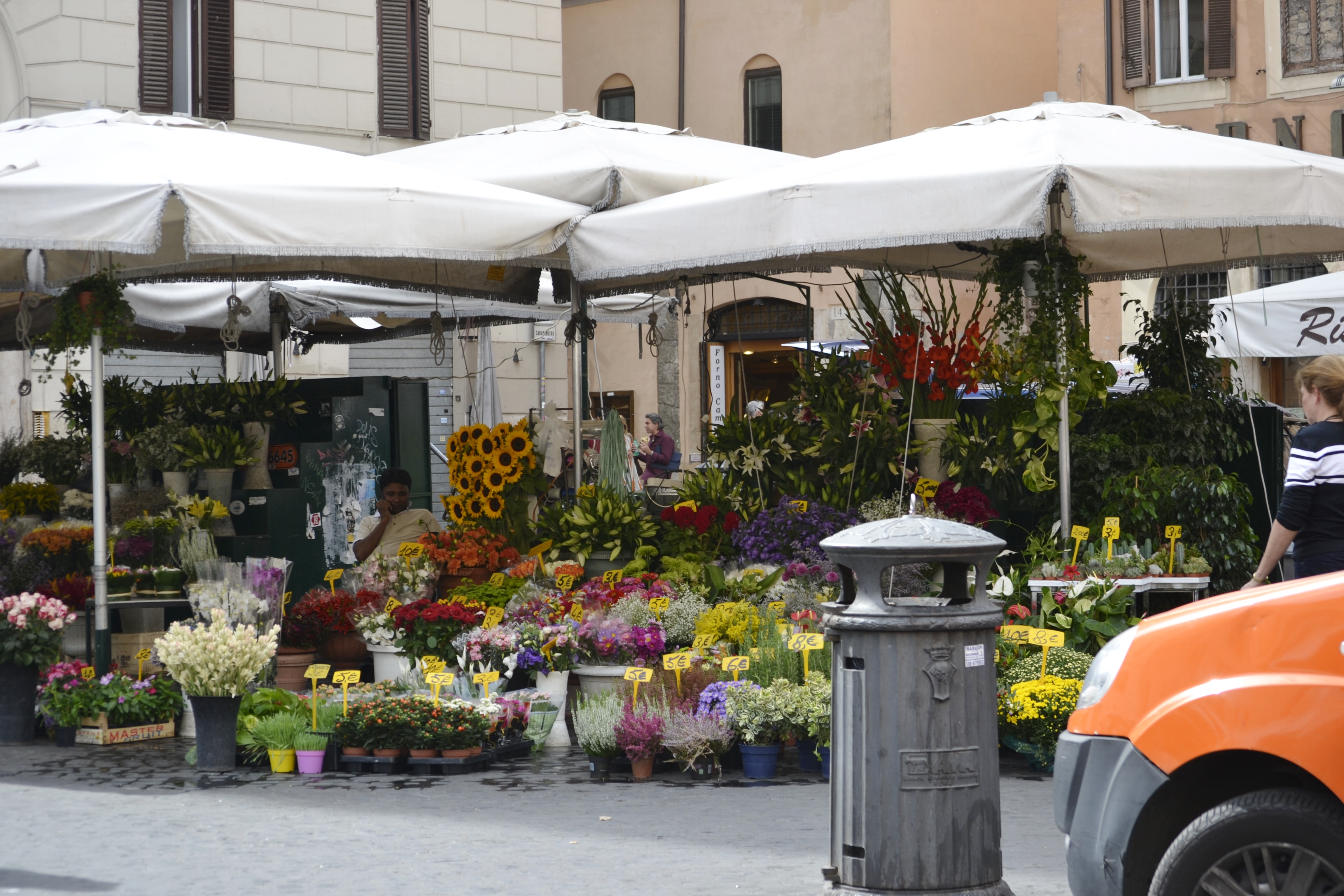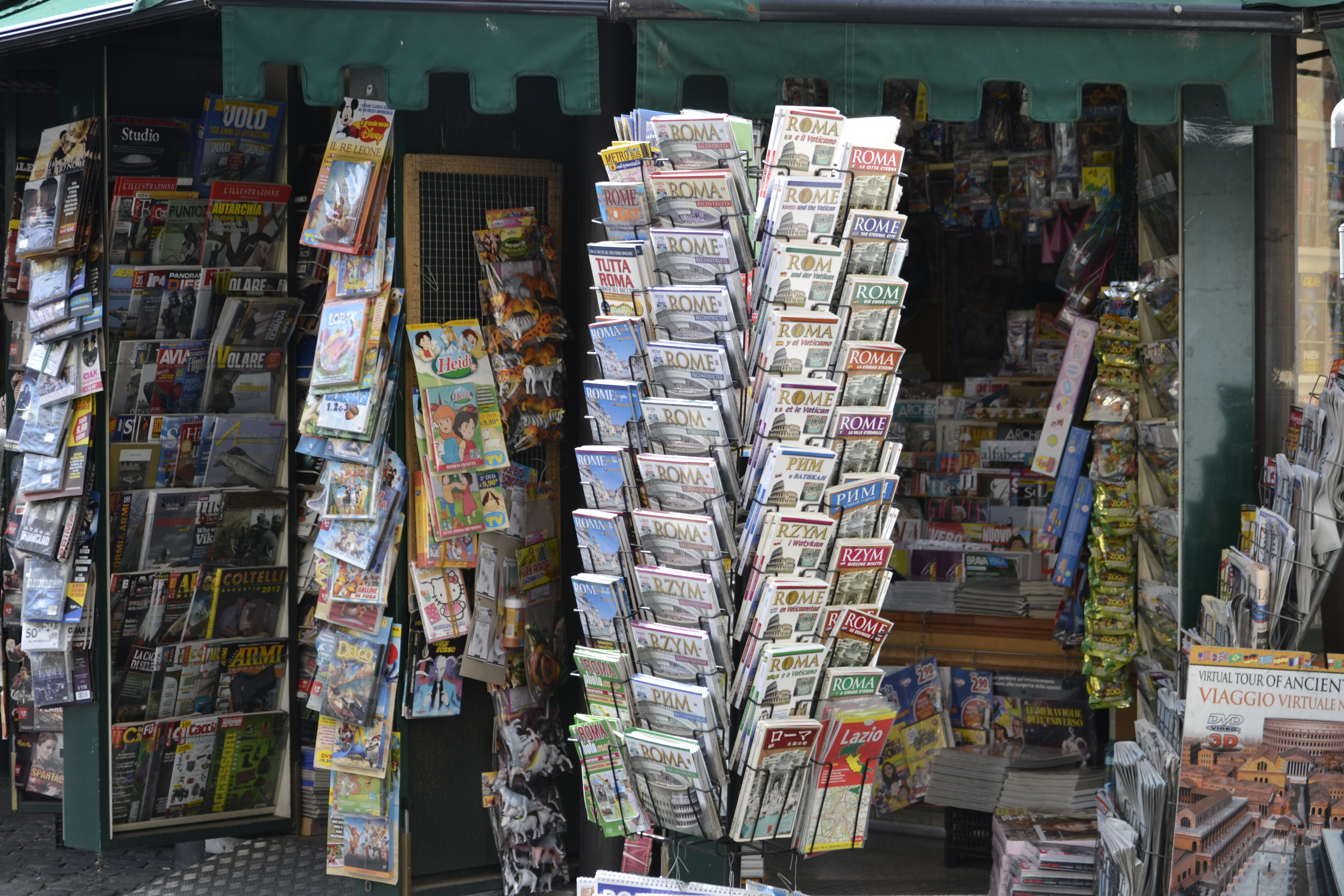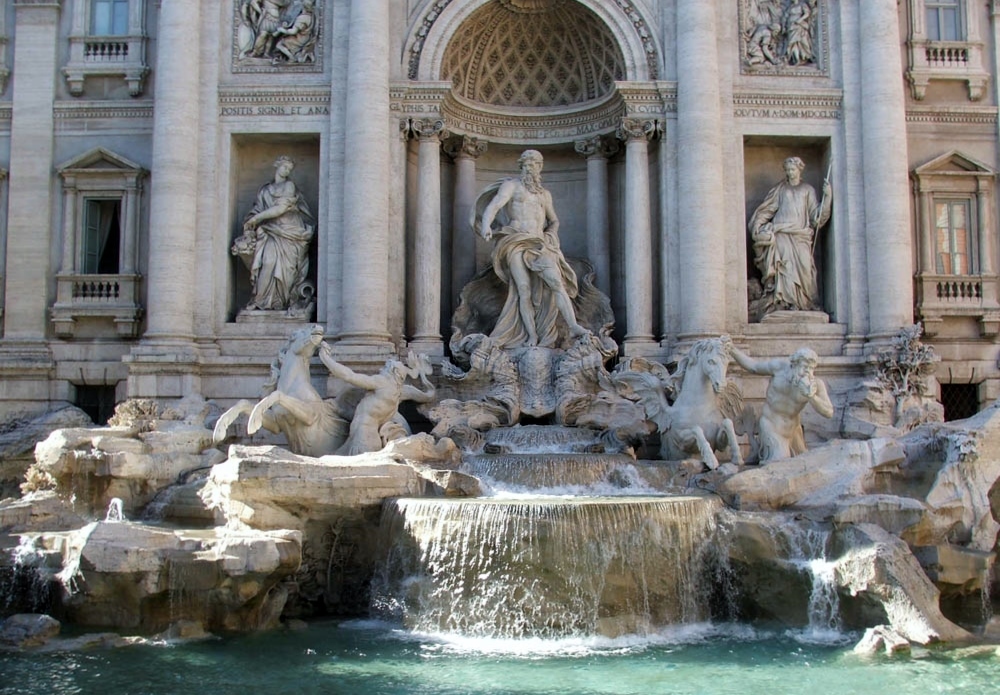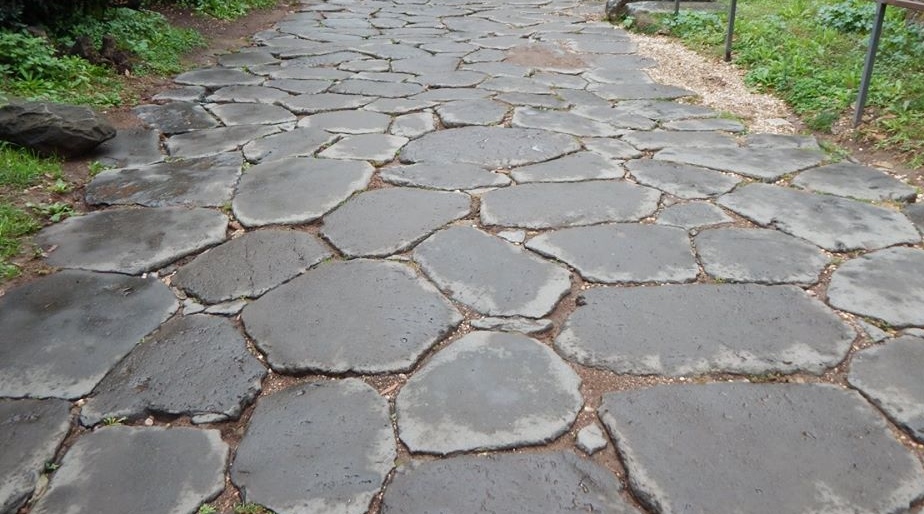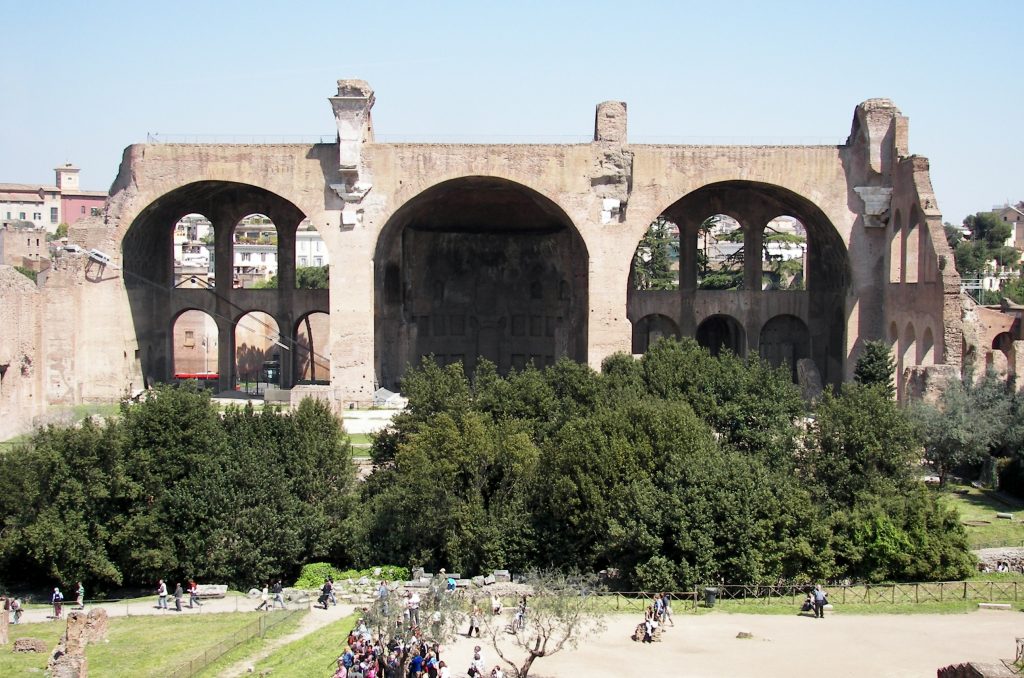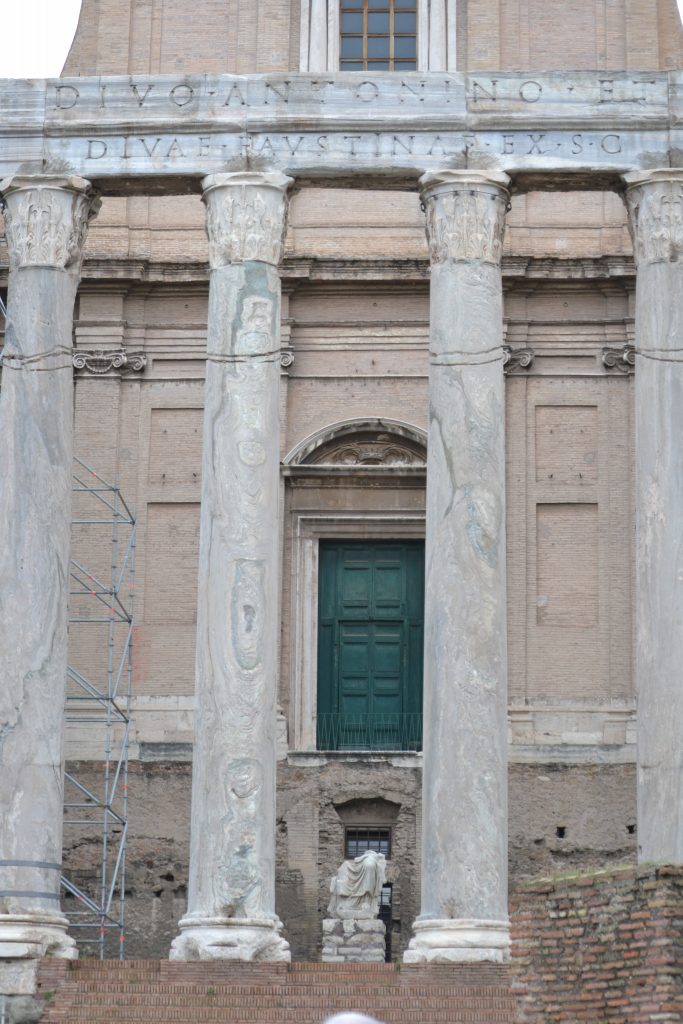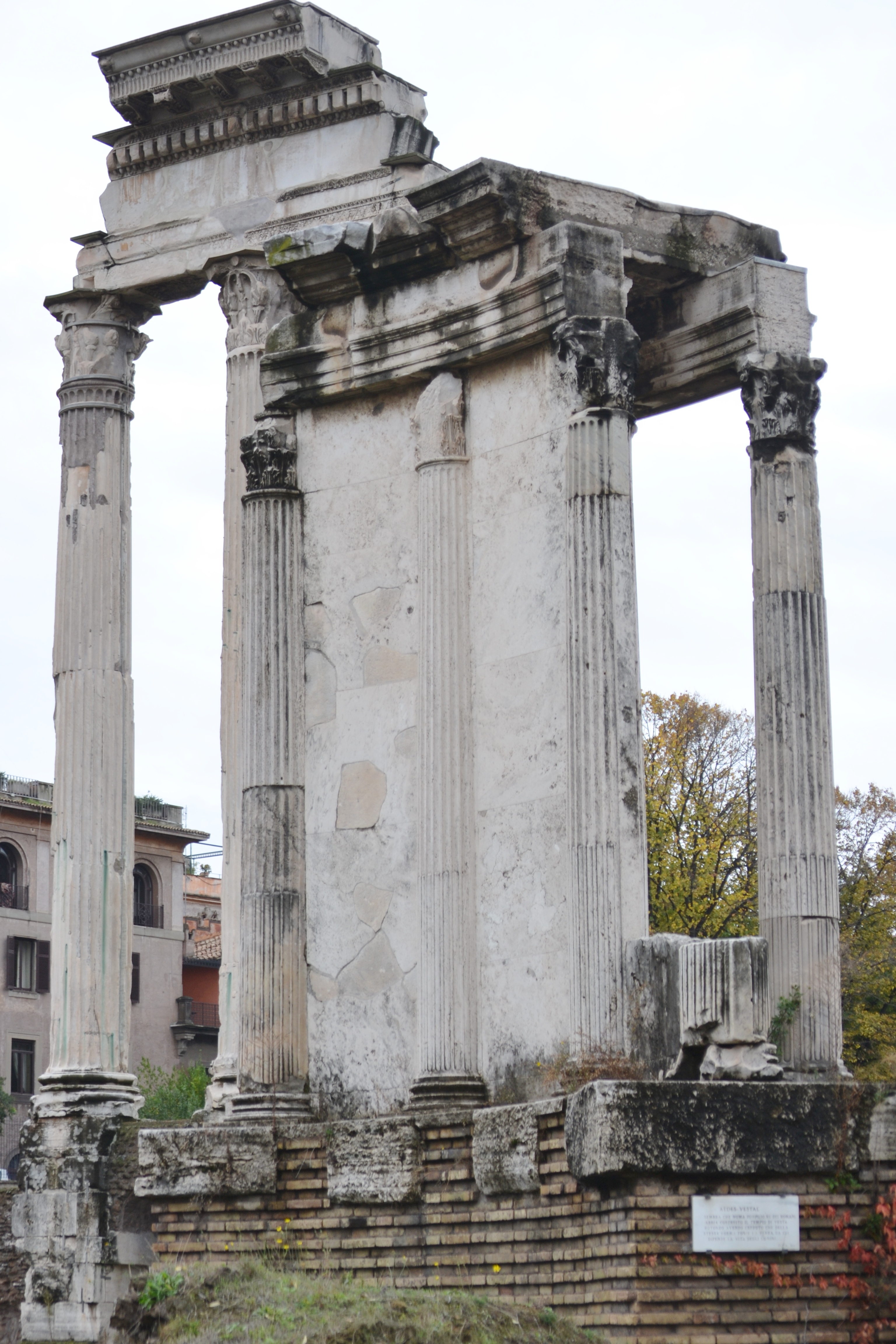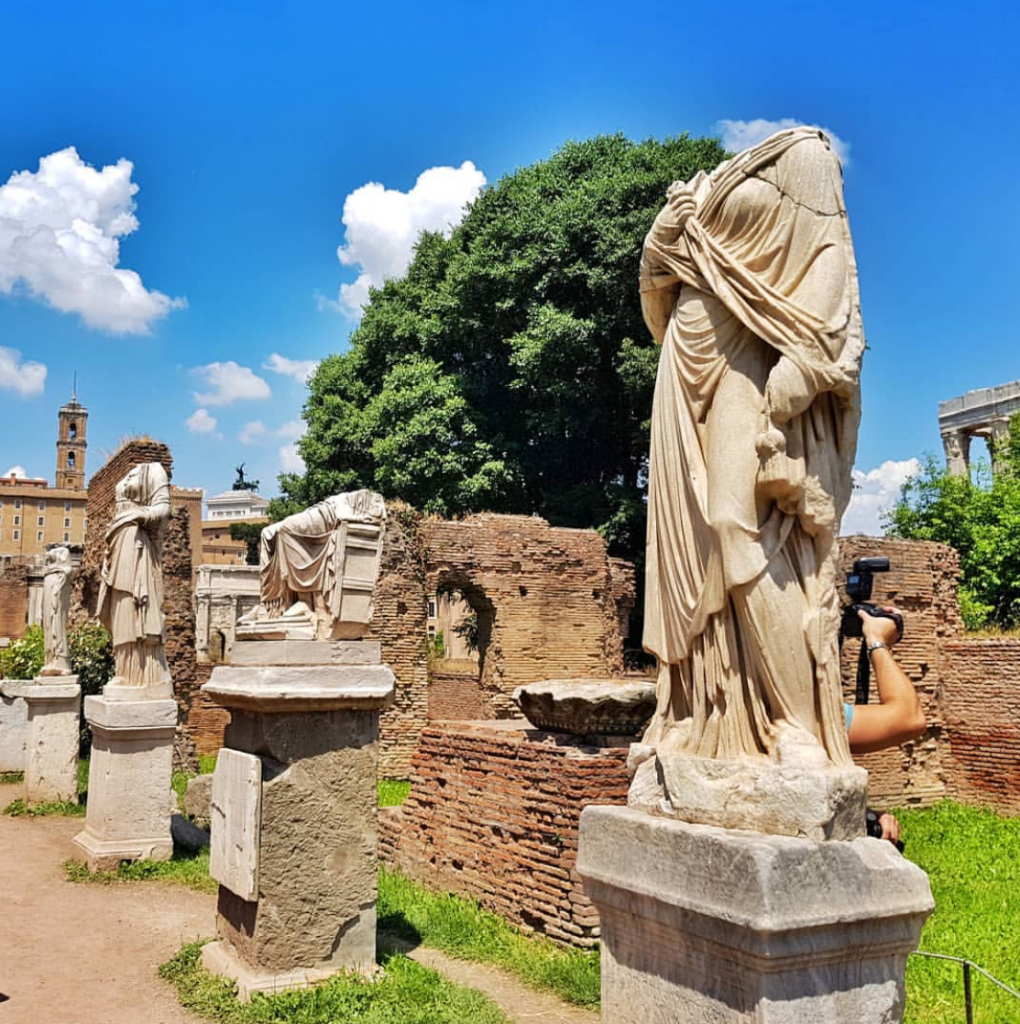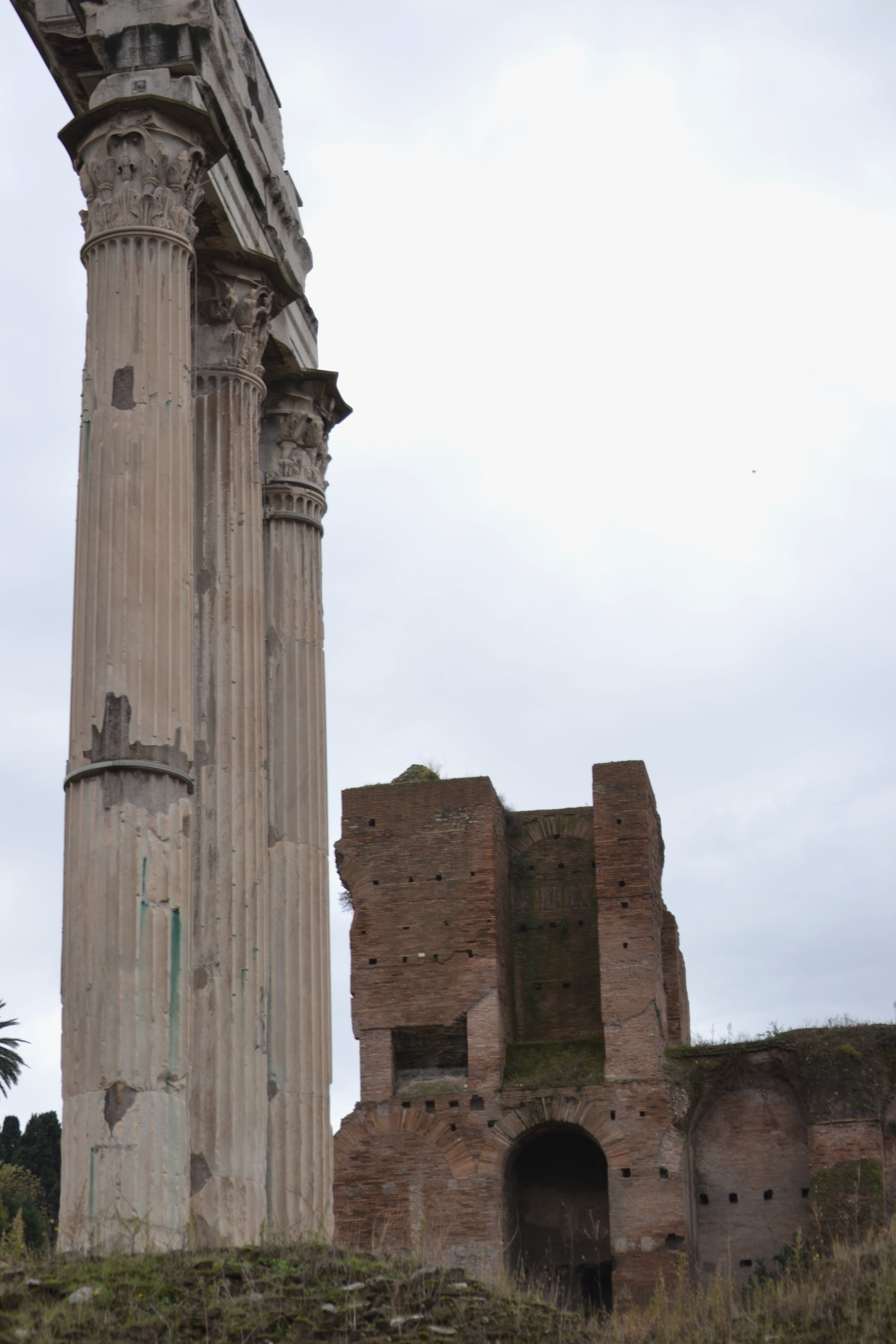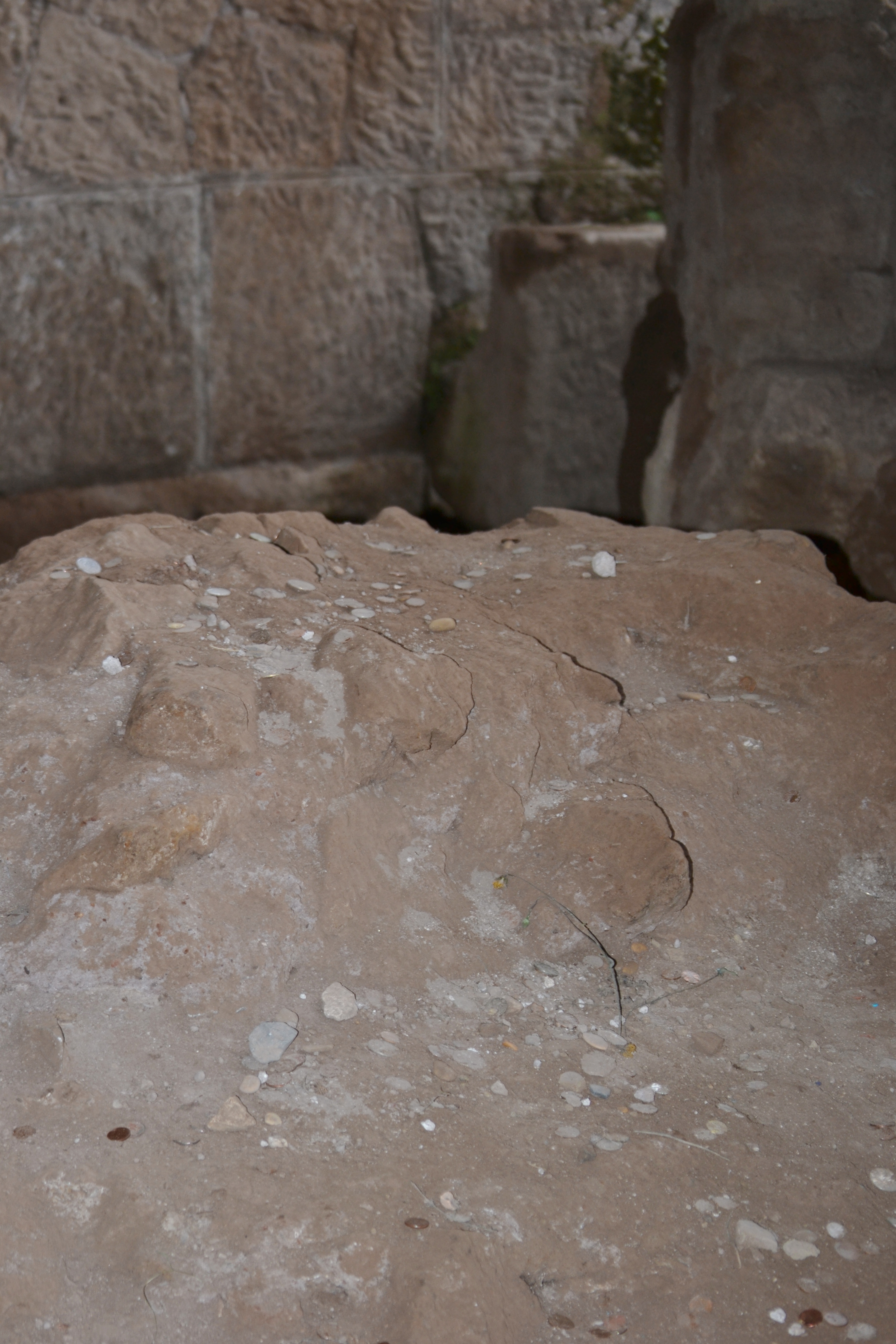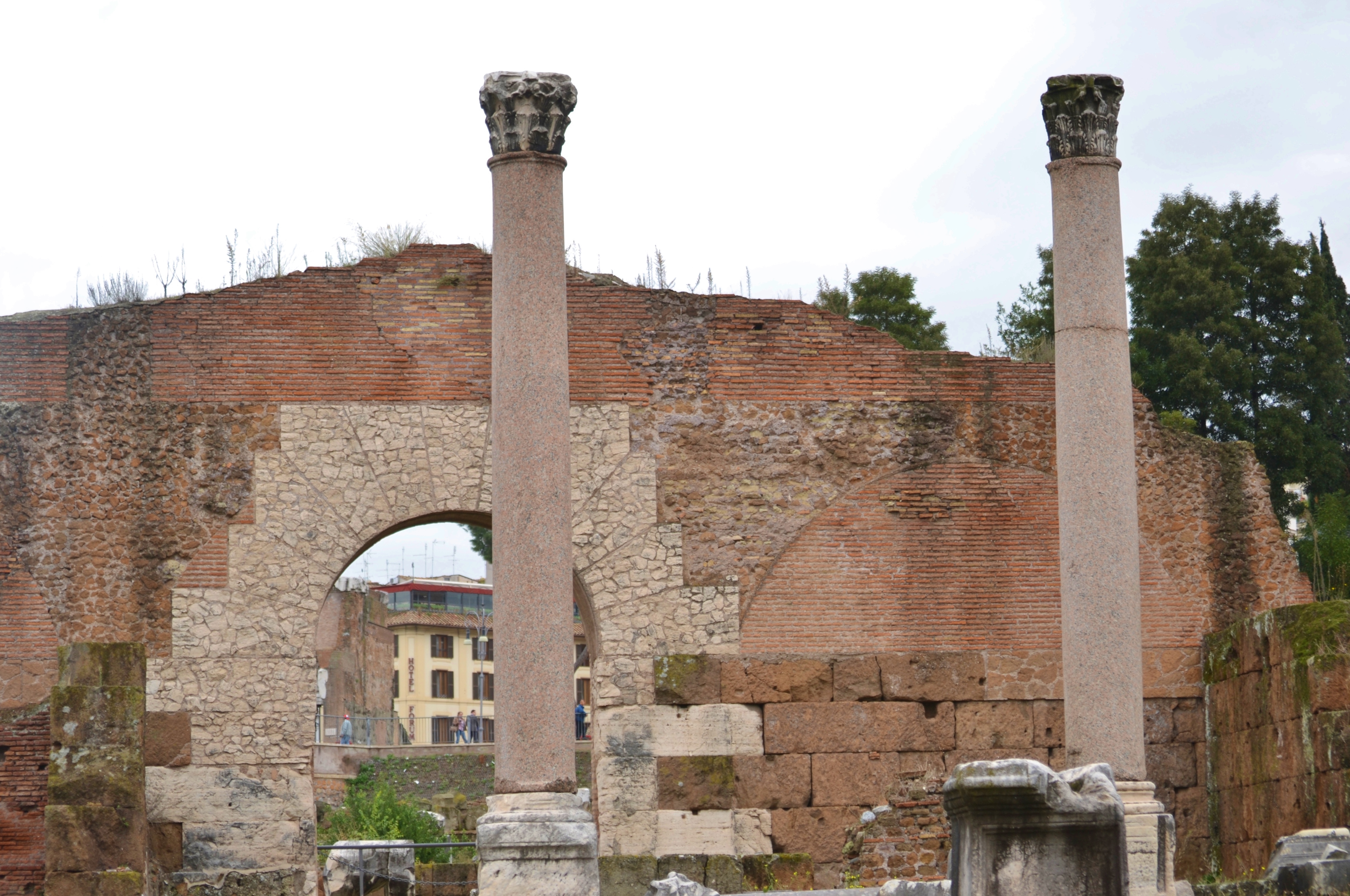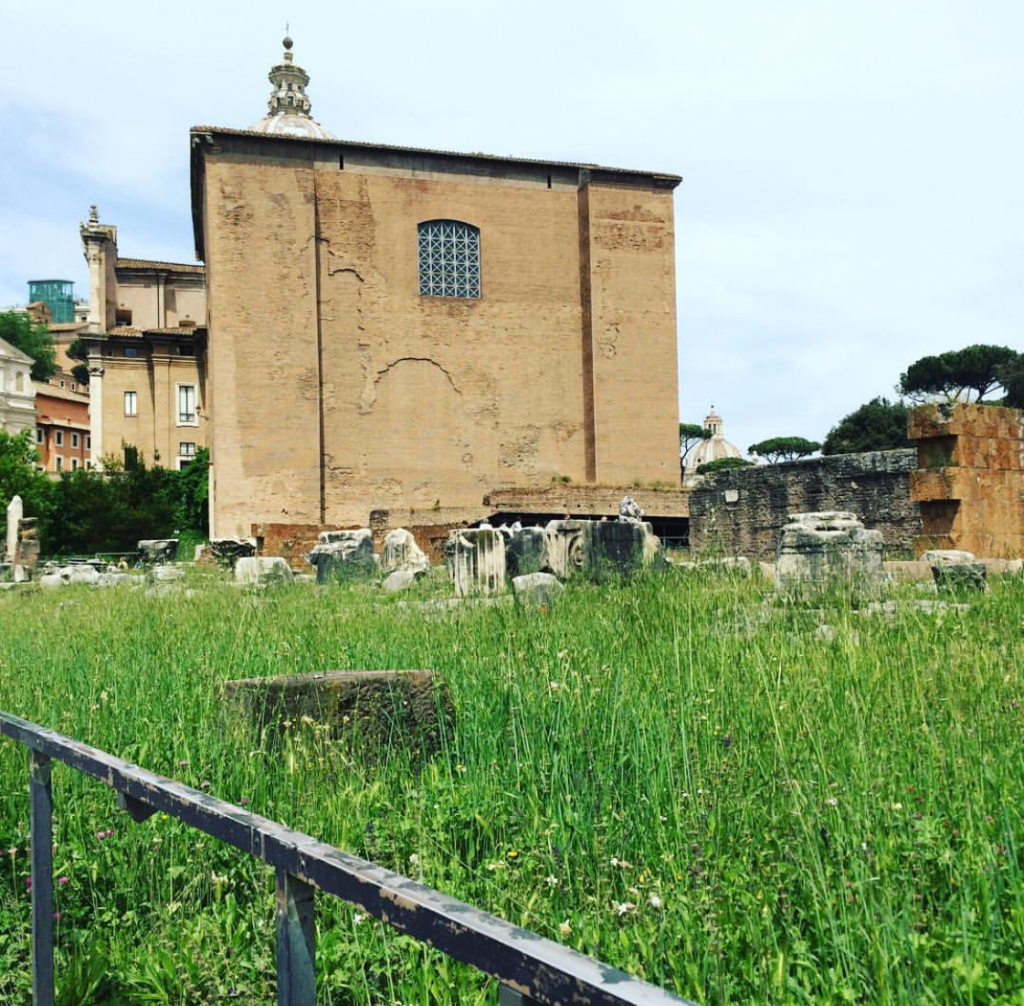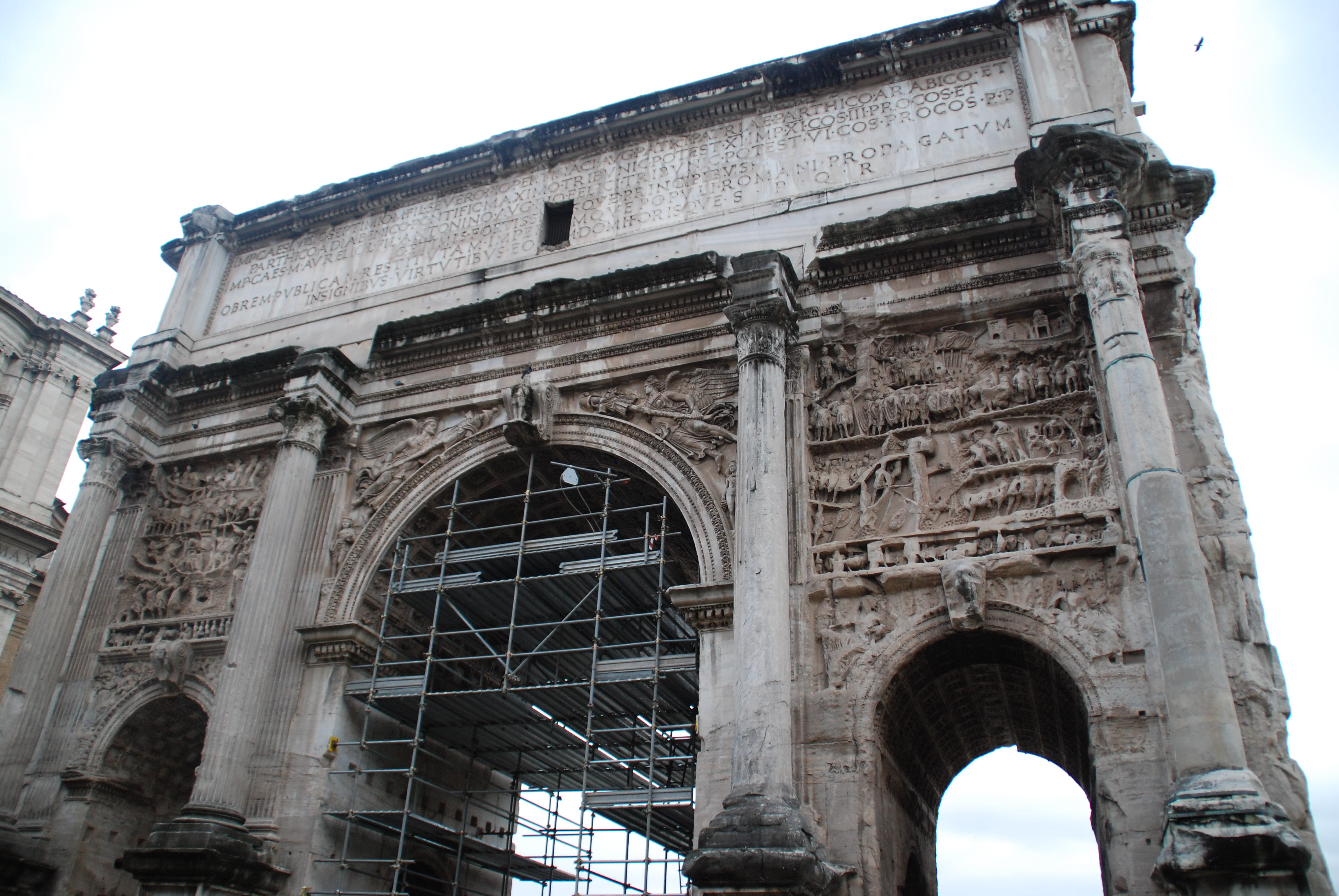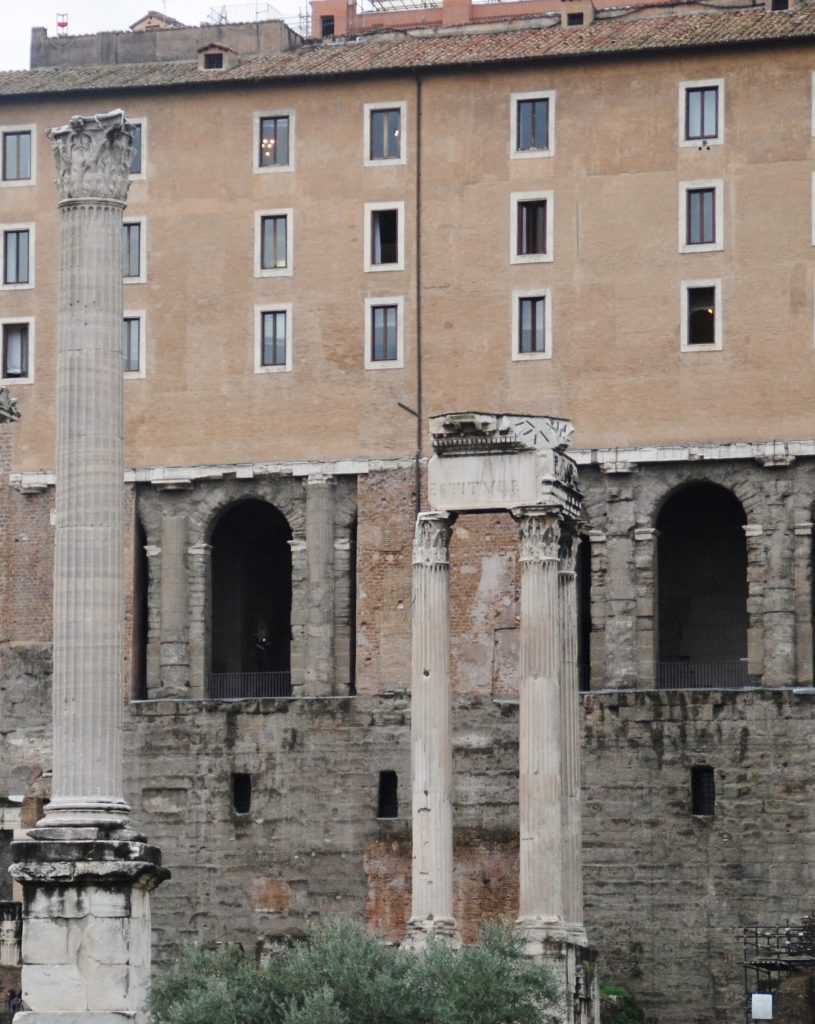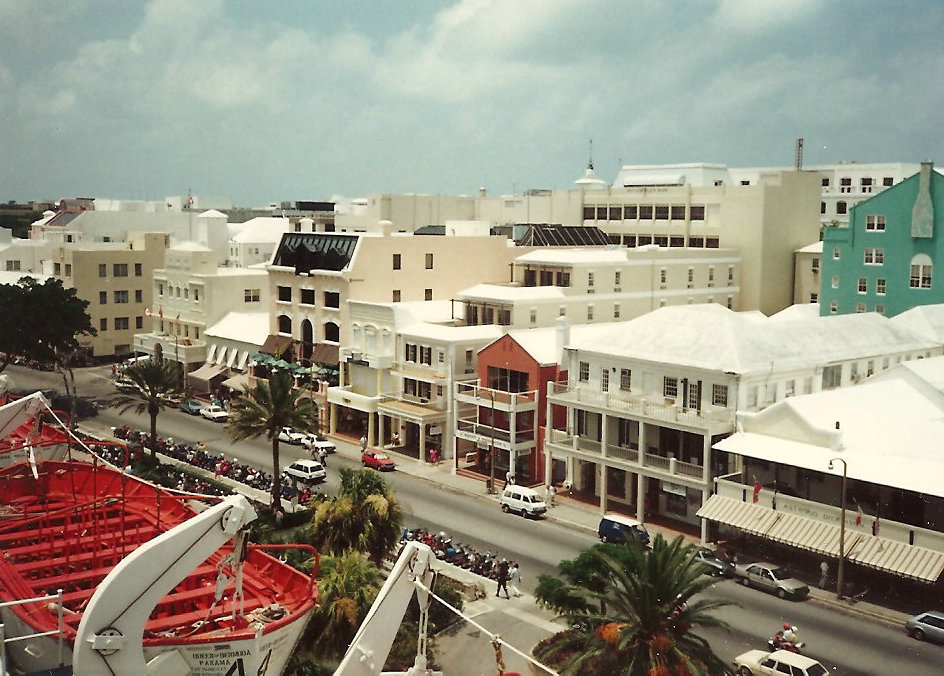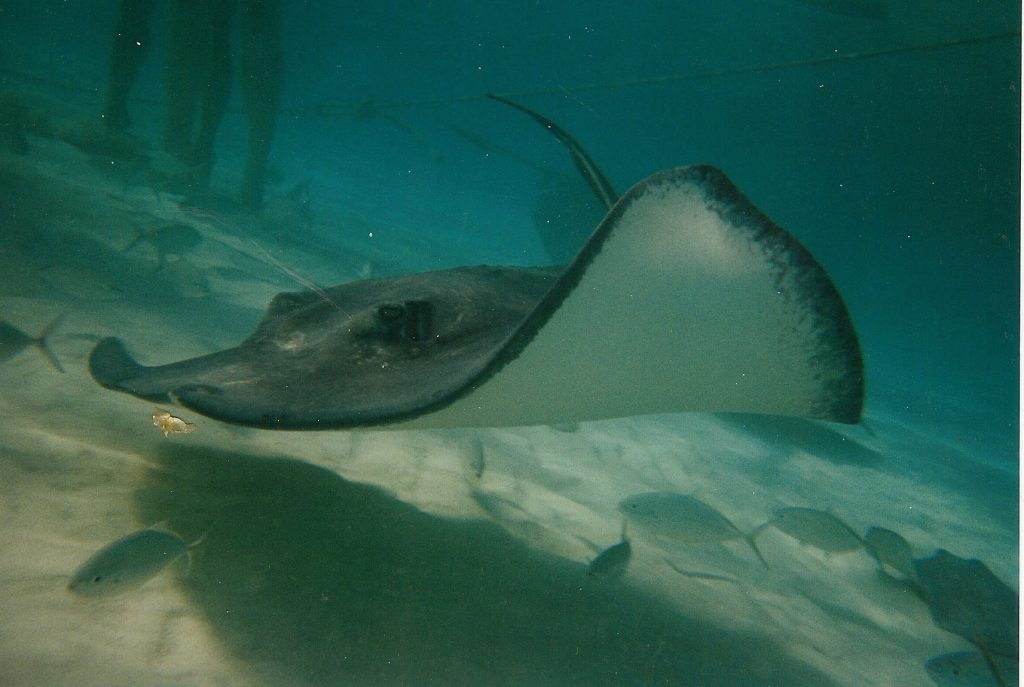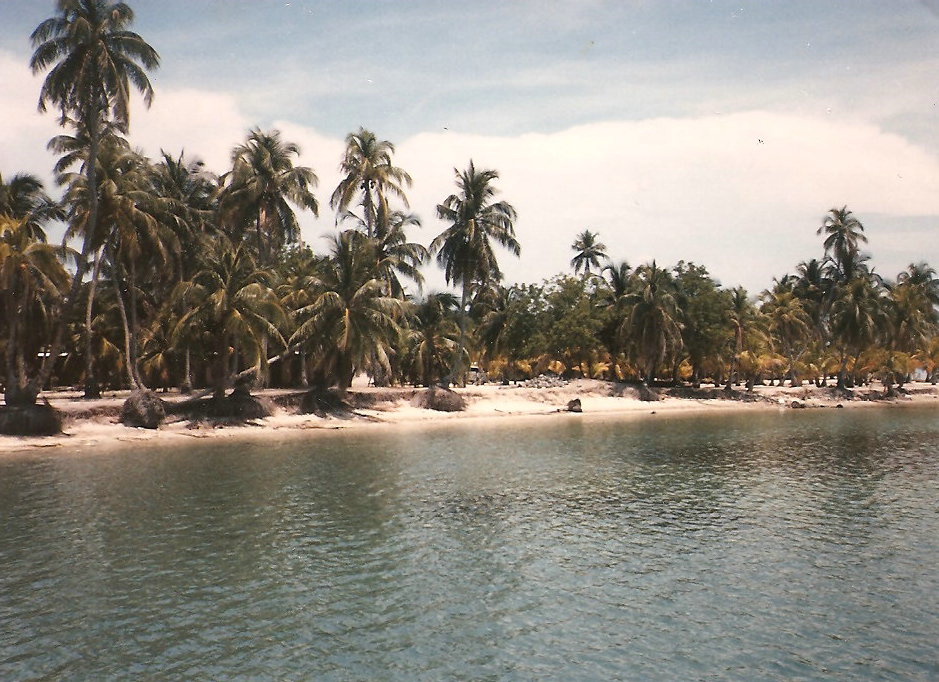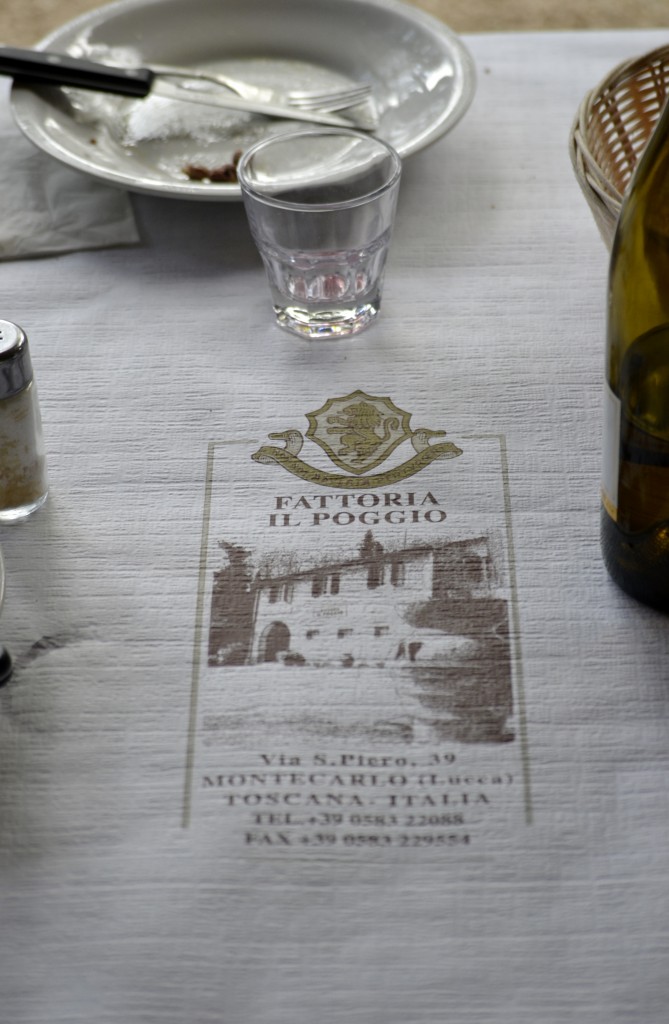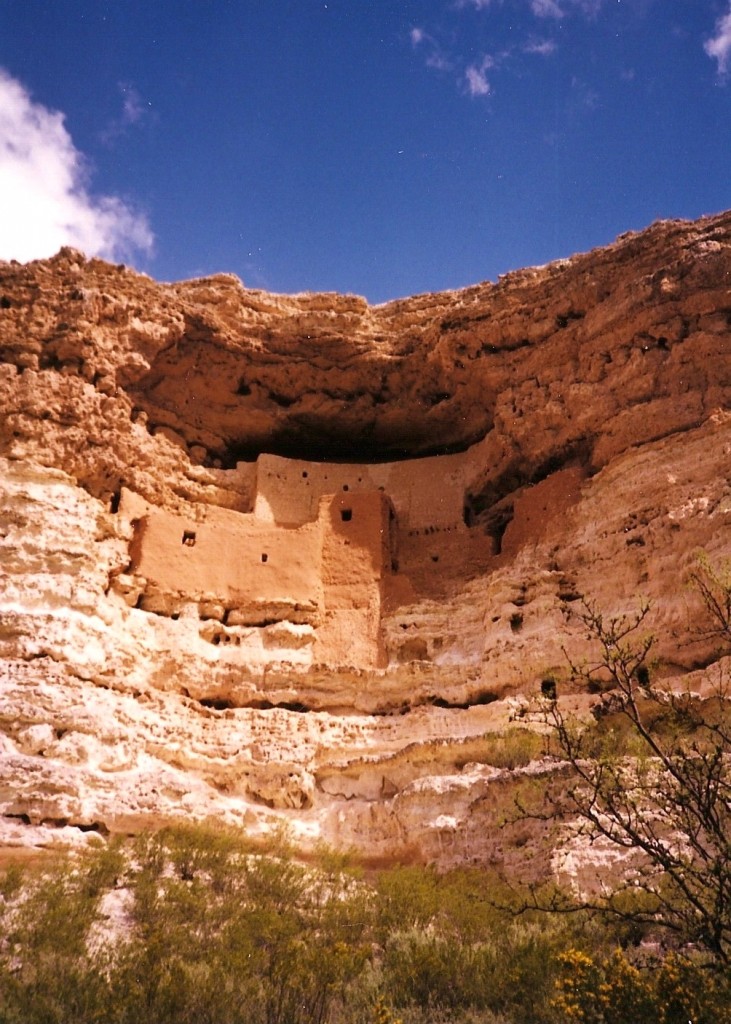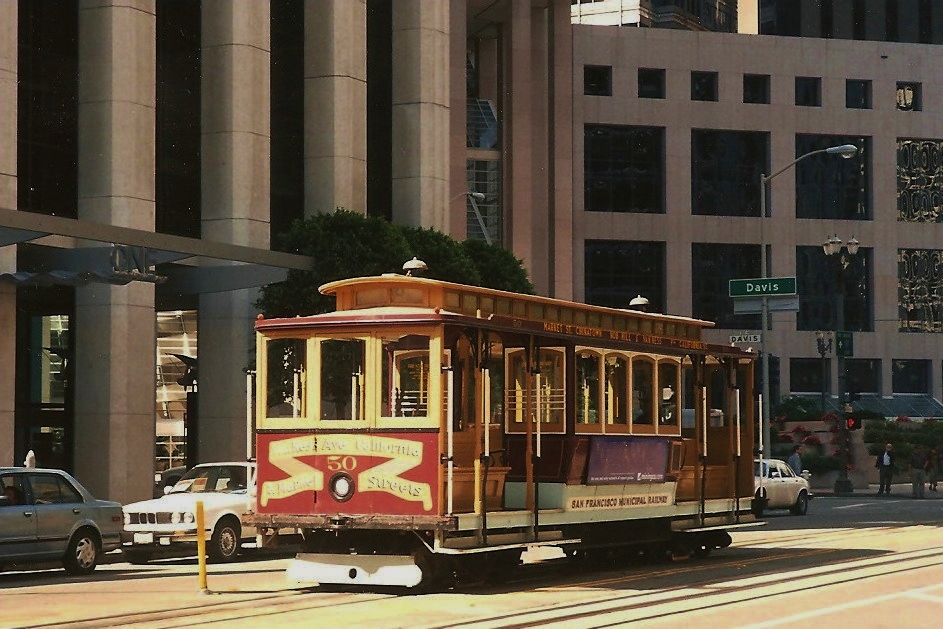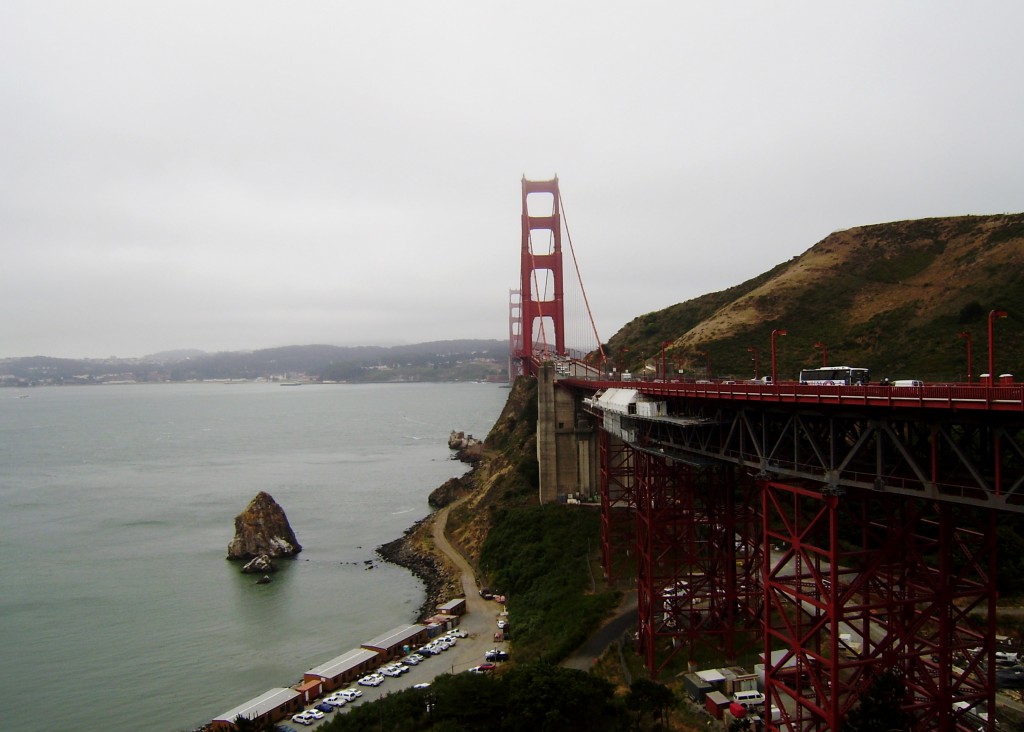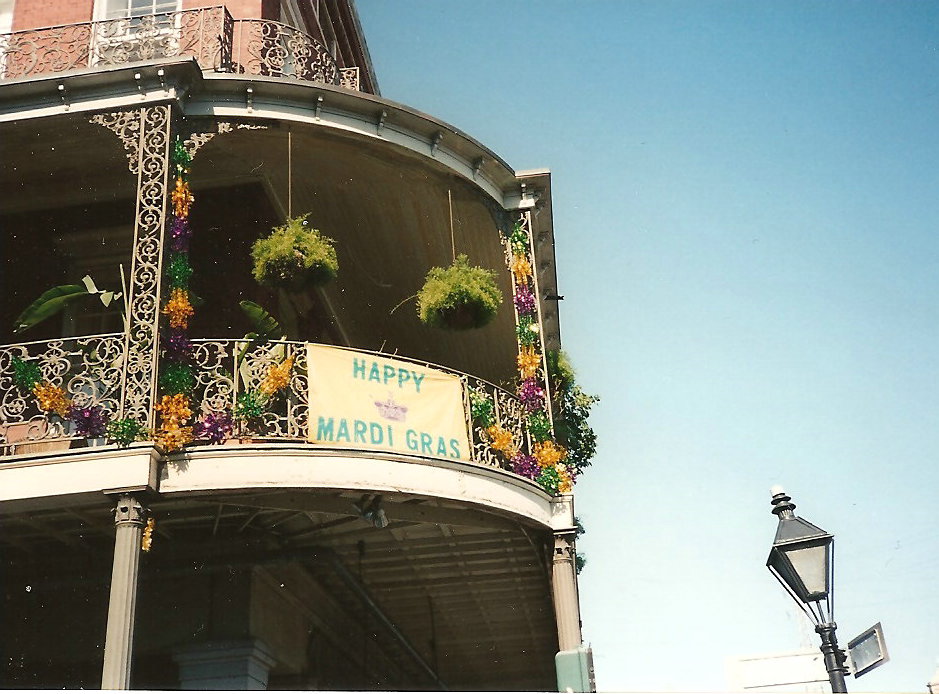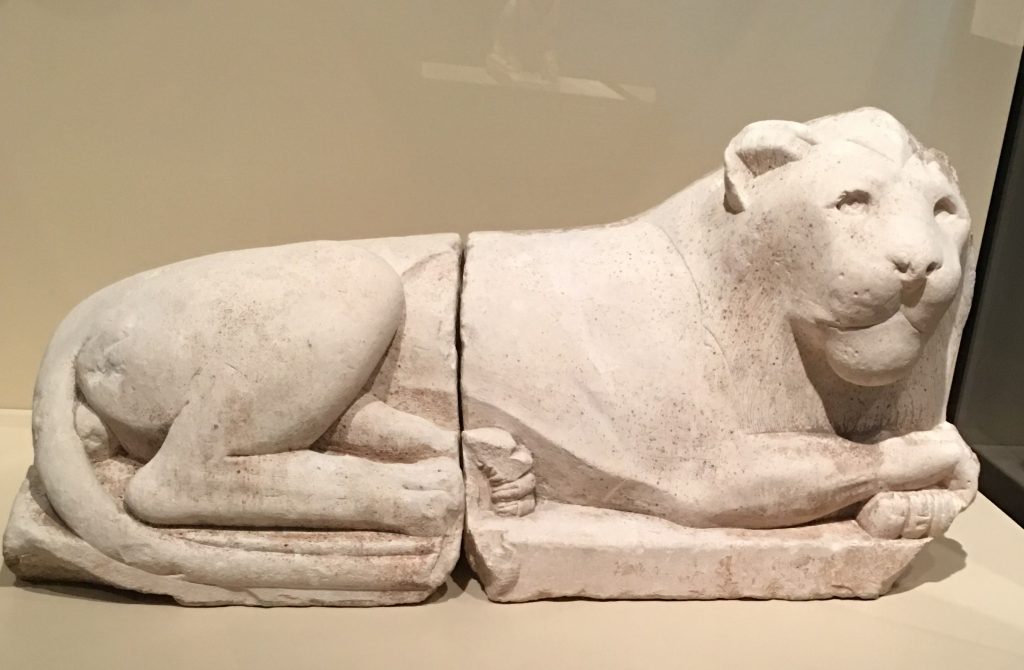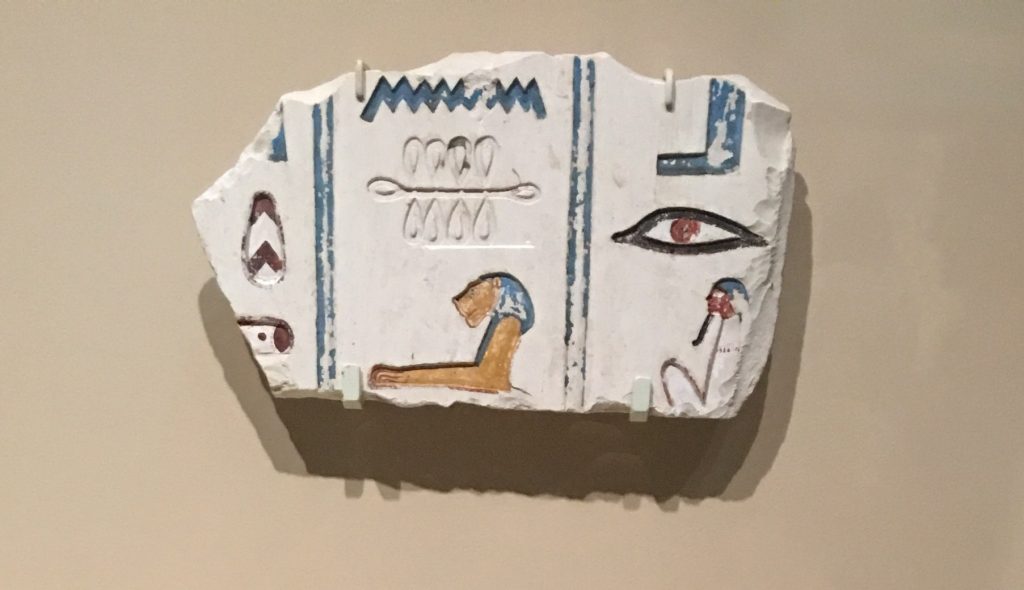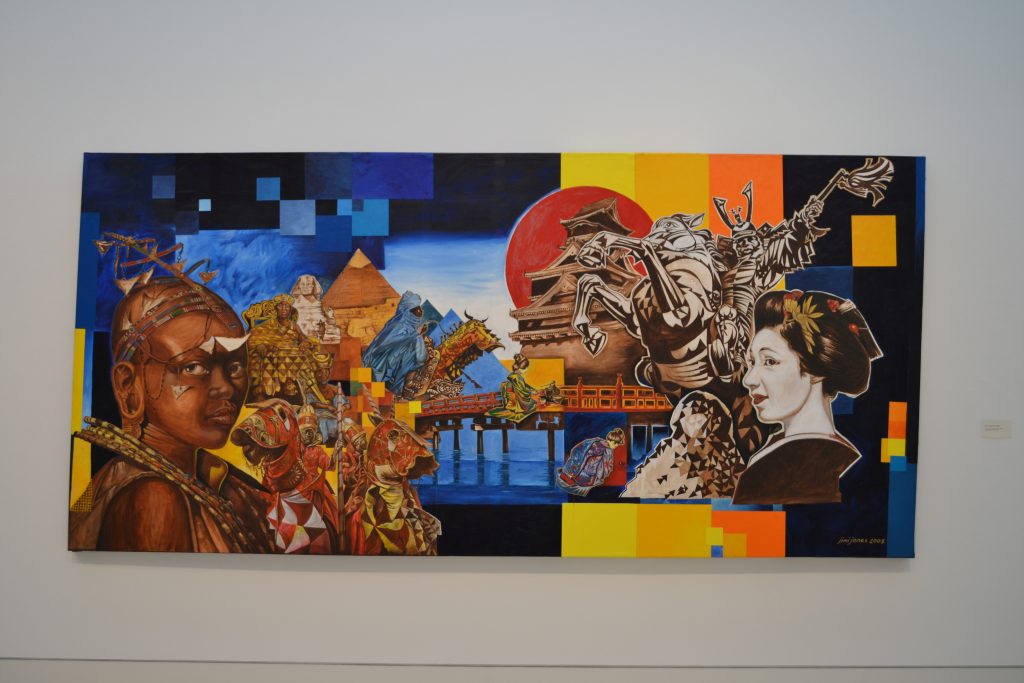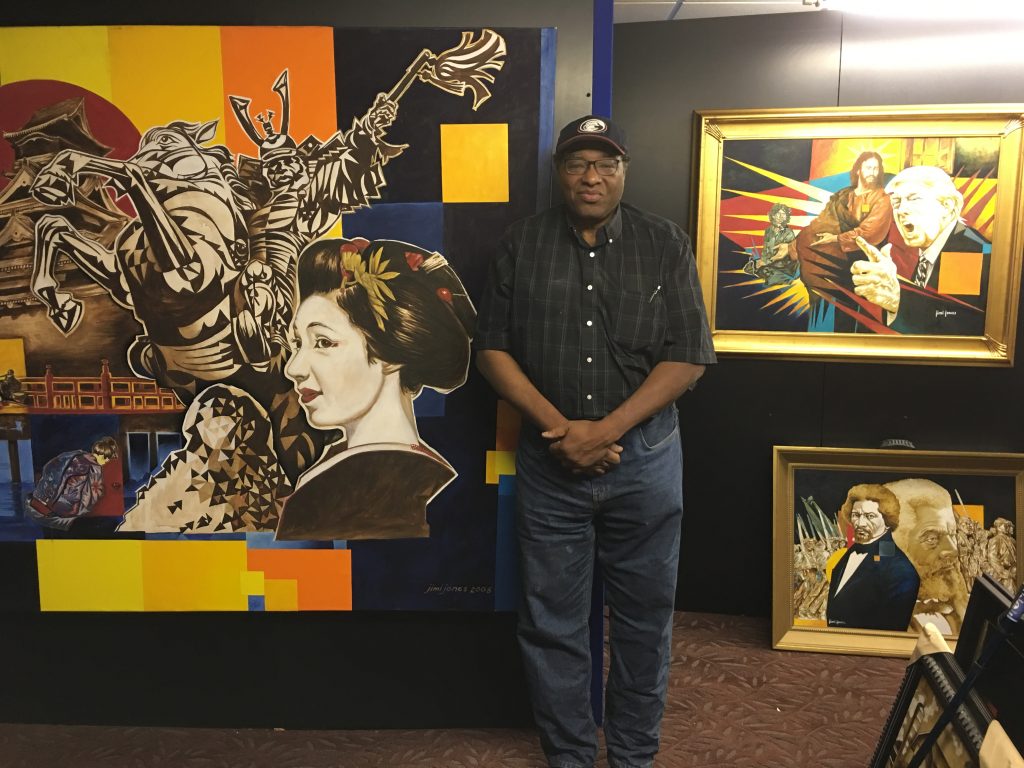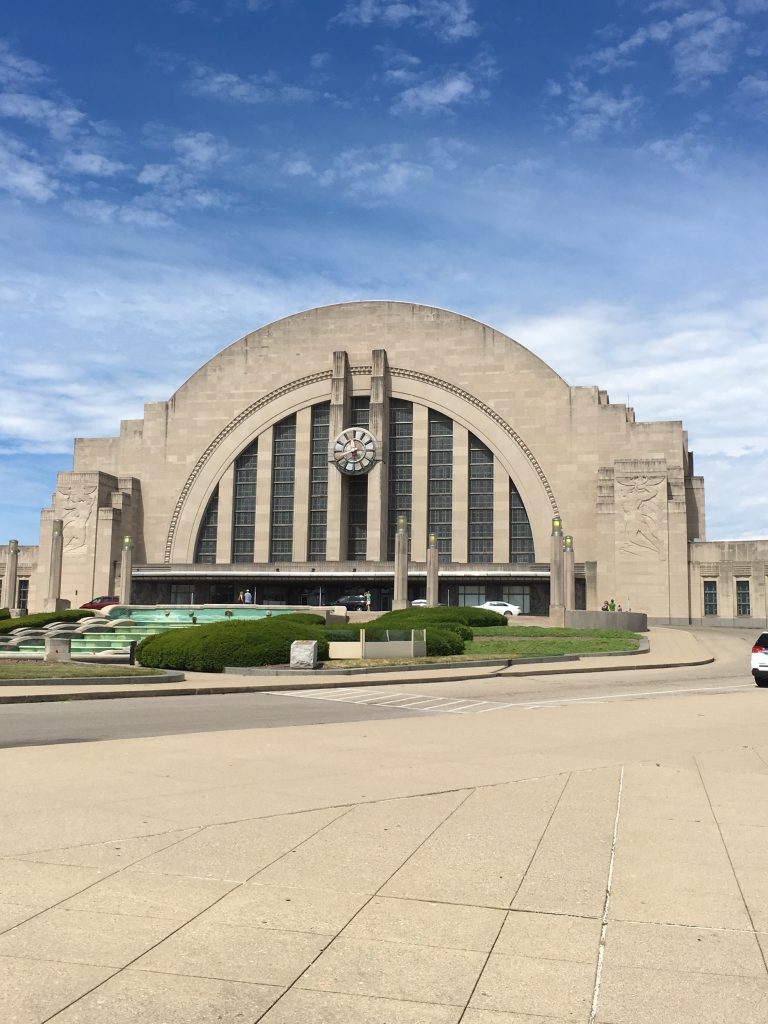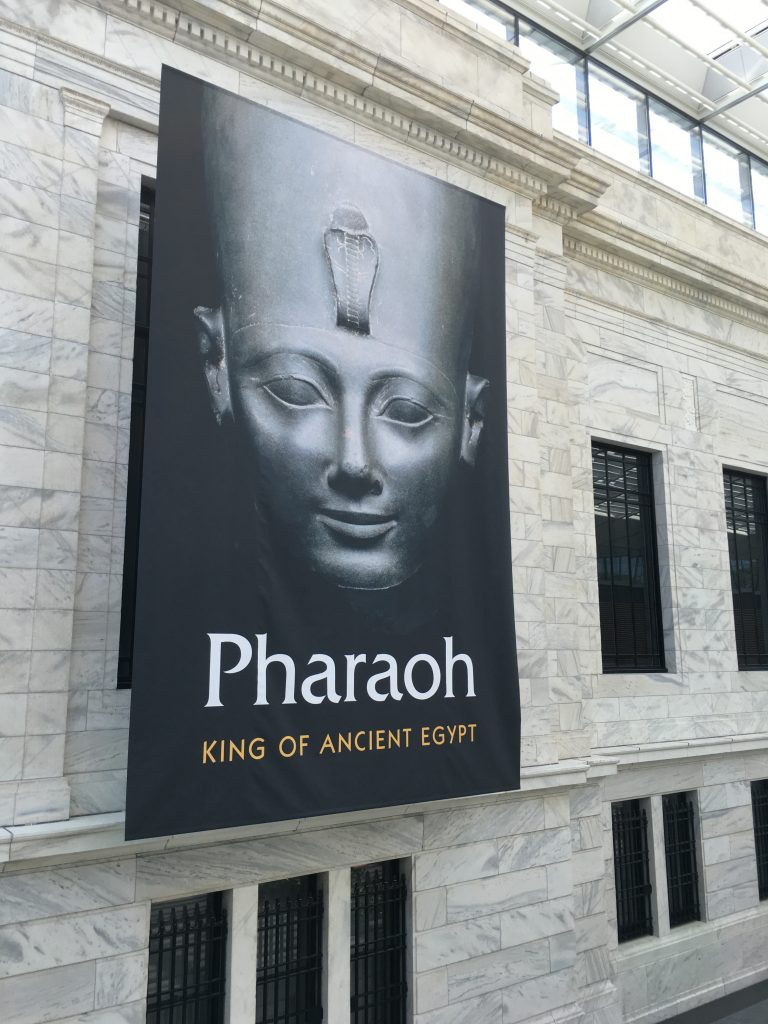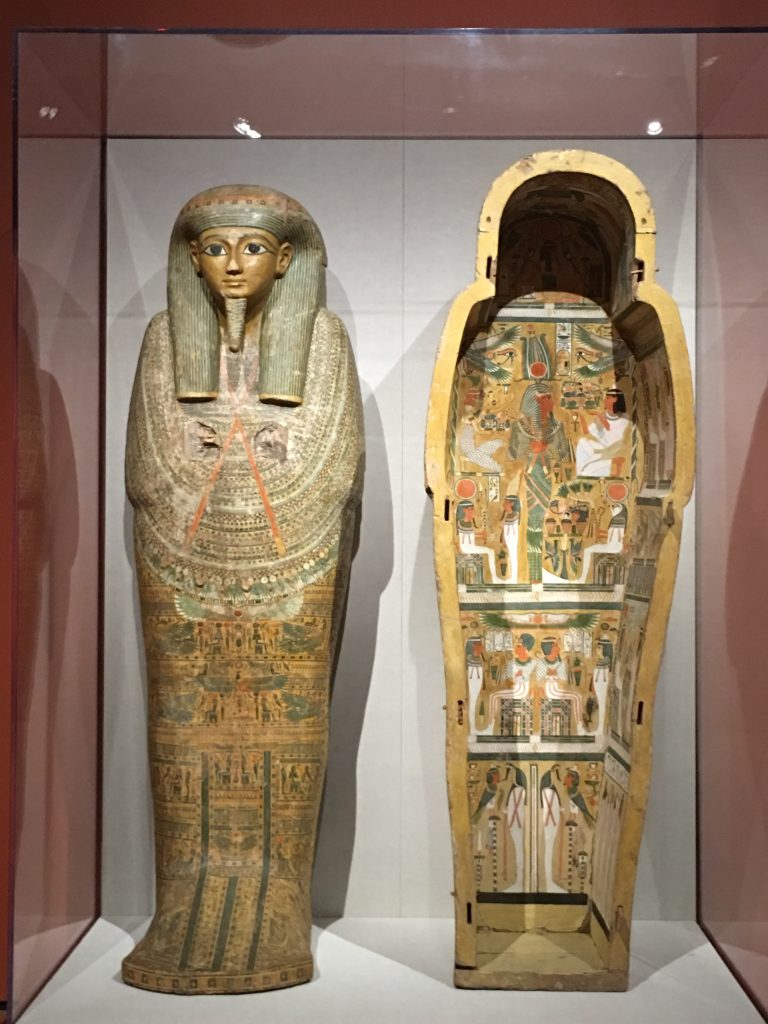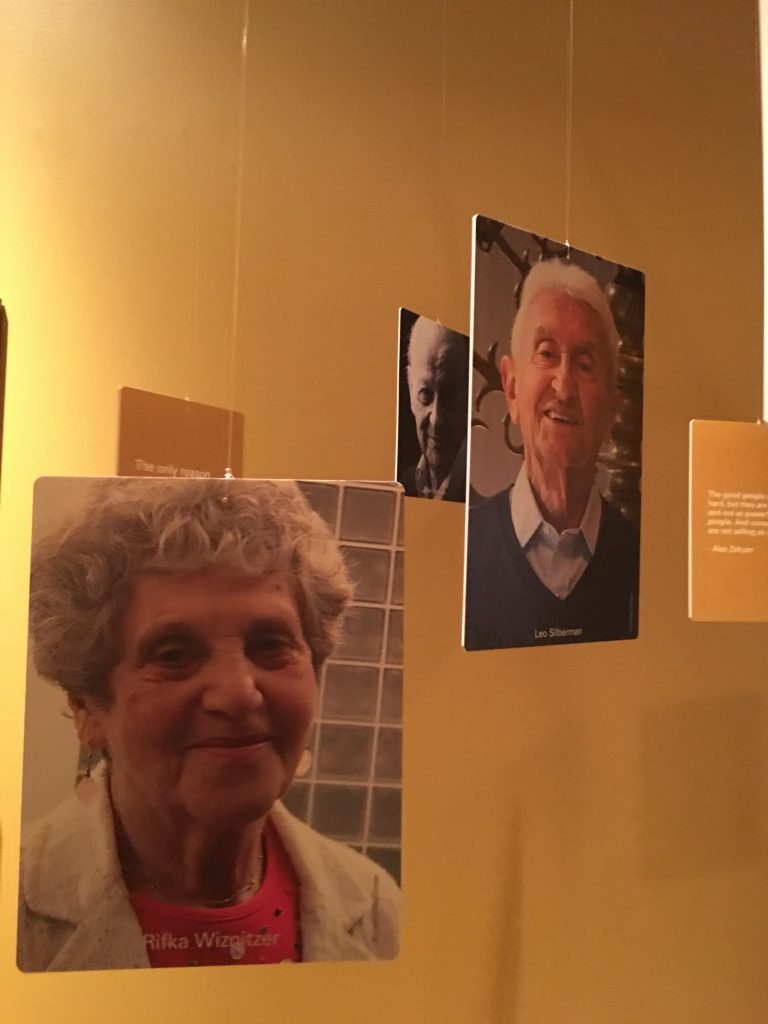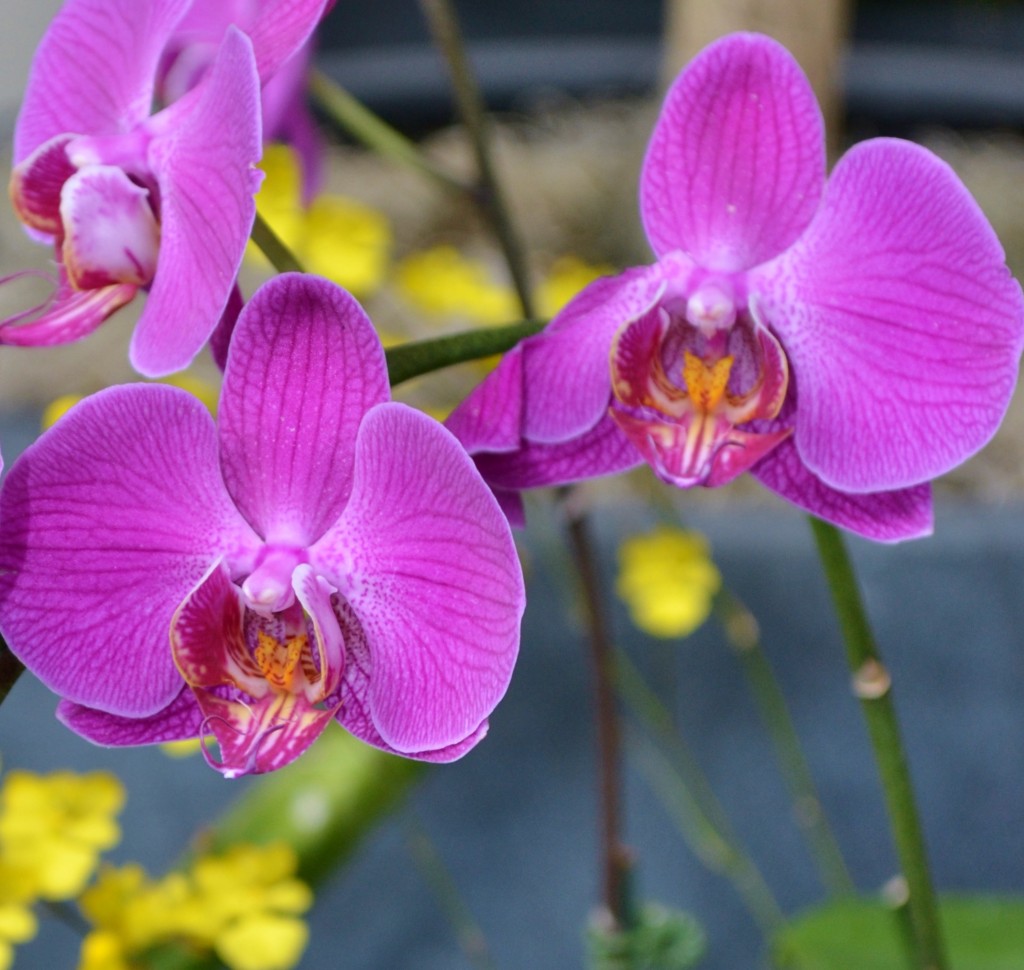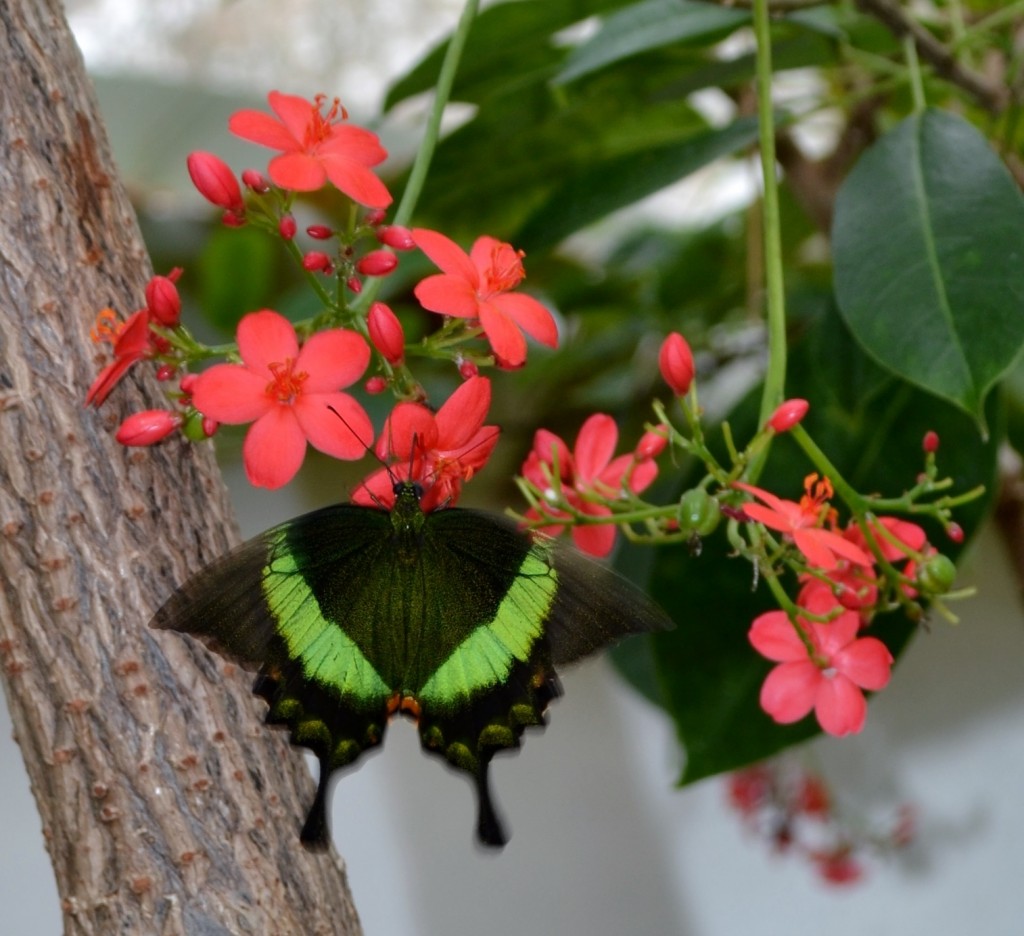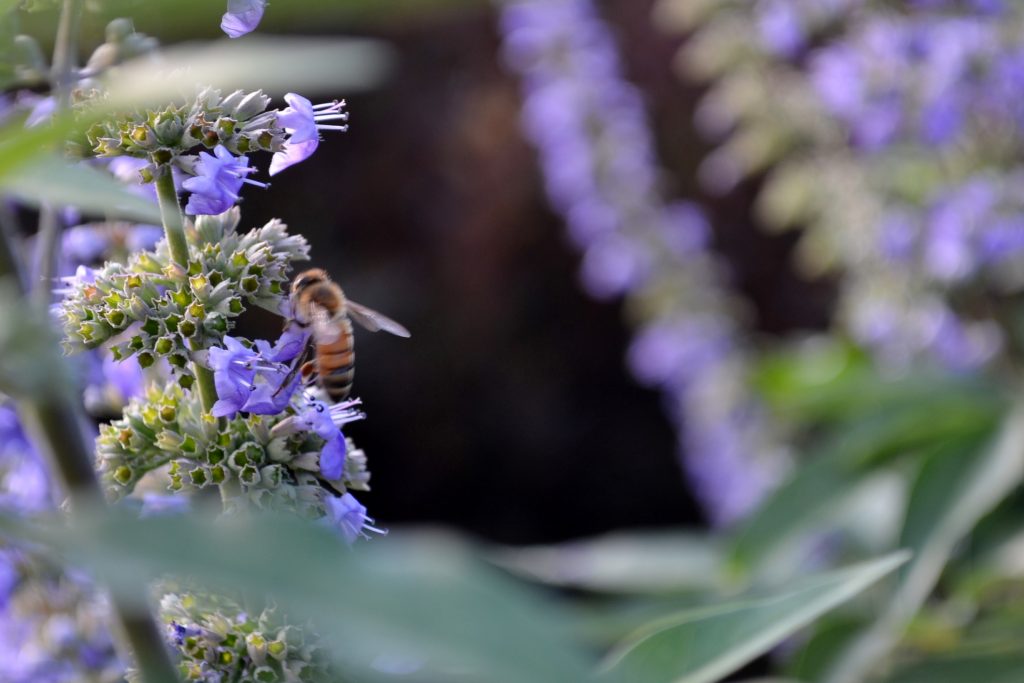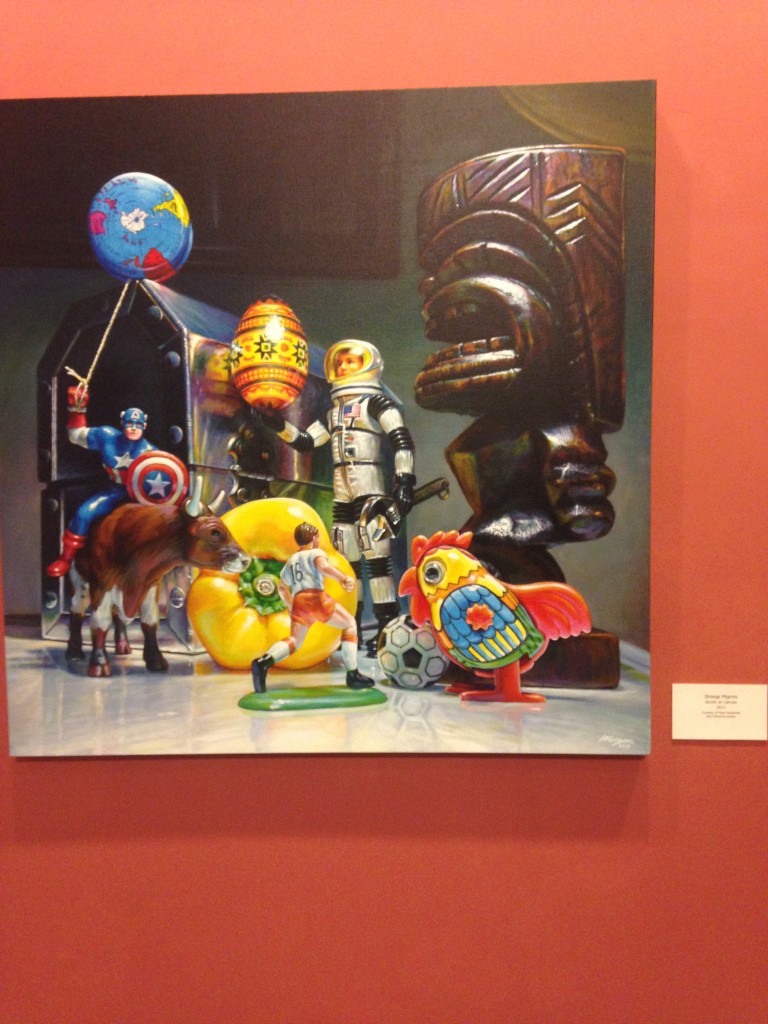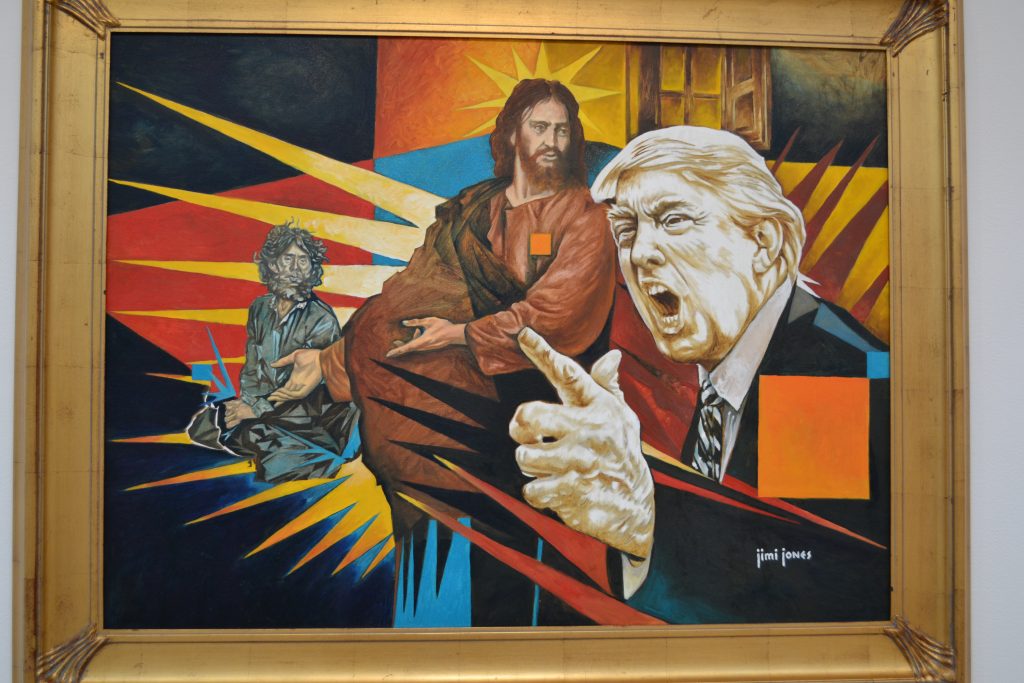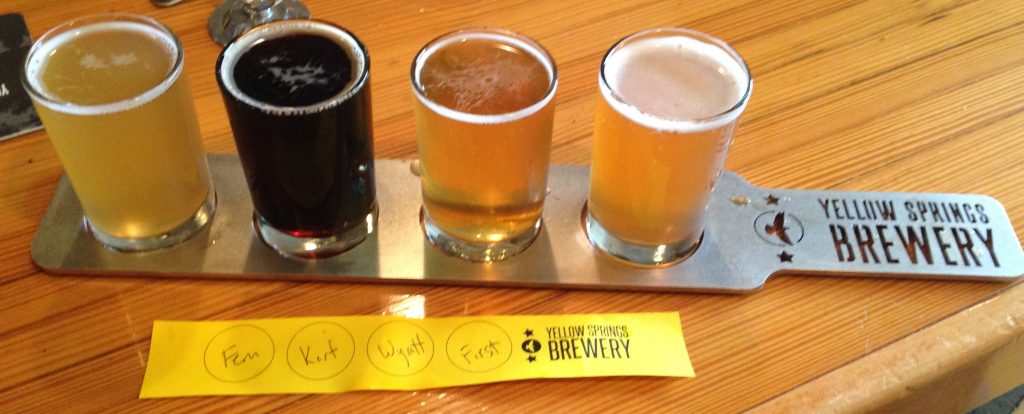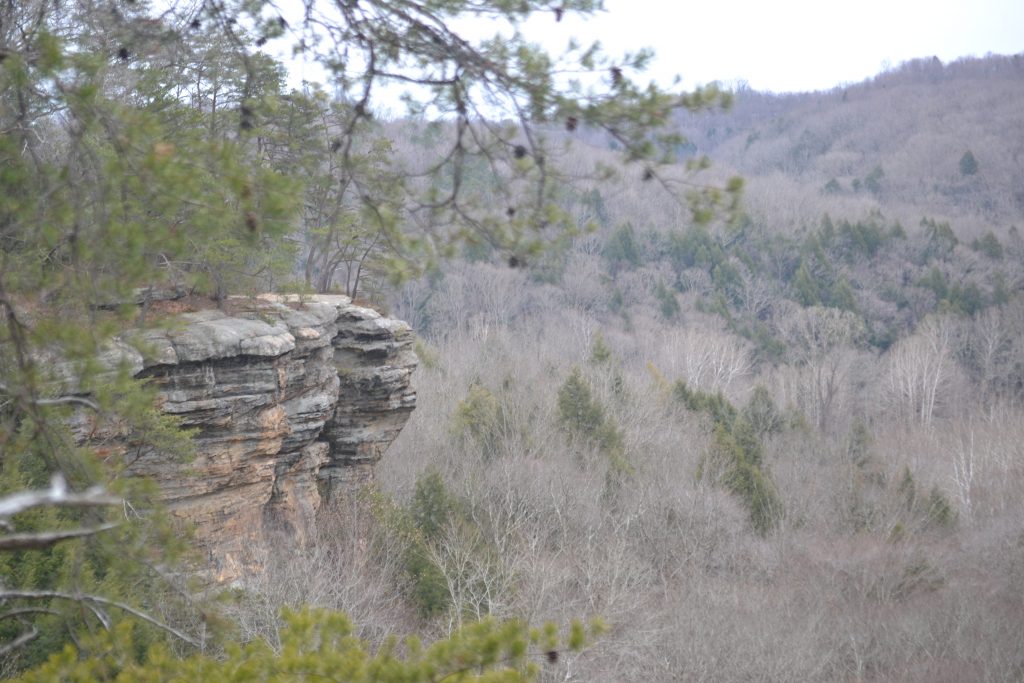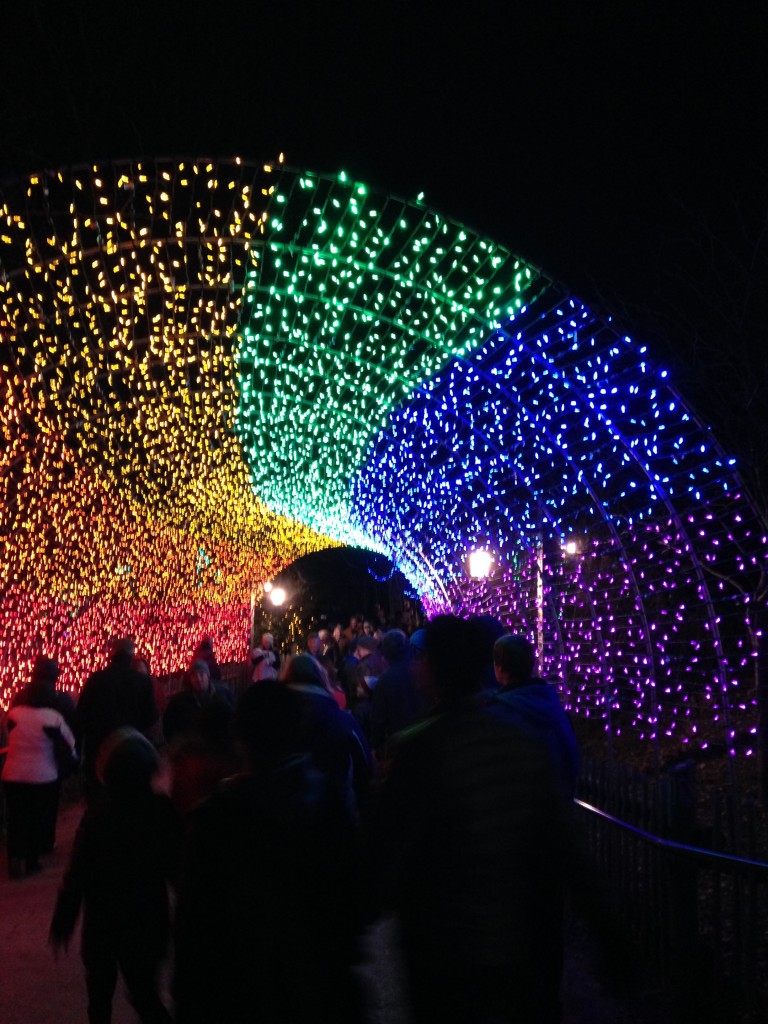Using my Omnia Roma Pass for the second day, I boarded the Hop On Hop Off bus to visit some of the highlights of the Roman neighborhoods. The Vatican Museum was not yet open, so I started touring the north end of Rome. I had a few hours before heading towards the Port of Civitavecchia for a seven day Mediterranean cruise.
A short walk from the Piazza del Popolo, I arrived at the Spanish Steps where I took a seat on a step to review my map. I found myself distracted by the people around me, but it was a great spot to check out the tourists in the piazza.
The Spanish Steps are popular with both locals and tourists alike. They were designed in the 17th century to connect the Trinita dei Monti to the Piazza di Spagna below. Francesco de Sanctis was commissioned to design the steps that would one day become one of the most recognized landmarks in Rome. The platforms along the staircase provide great views of Via Condotti in the shopping district. The obelisk of red granite Sallustian stands 43 feet high in front of the church from one of these platforms as well. For a more spectacular view of Rome, tour books highly recommend a climb up the bell tower inside of the Trinita del Monti.
The ruins of Rome are a perfect outdoor museum in itself, but I have always wanted to view the art and archaeological items within the Vatican Museum. Displaying artifacts from over hundreds of years, the inventory was overwhelming and extraordinary. At minimum, I knew I was going to need at least a couple of hours to spend here.
The crowd was thick, pushing me from room to room until I reached the grand finale, Michelangelo’s Sistine Chapel!
After having spent about three hours at the Vatican Museum with my thoughts on the Sistine Chapel, I knew it was time for lunch. Since Rome is a maze of unique squares that have a personality of their own, I was looking forward to finding the Campo di Fiore. Translated as the “field of flowers”, this piazza is one of the most colorful squares of Rome and was once a meadow where merchants sold their products. Since the Medieval Period, the Campo di Fiori remains to this day a lively market and meeting place.
Several restaurants border the Campo di Fiori and offer several options for a light lunch. I ordered a glass of Prosecco and the Margarita pizza. I found myself daydreaming and was caught unaware when my meal arrived so quickly. I couldn’t wait to try a slice!
Throughout Rome are souvenir stalls which sell local maps, bus and train tickets, snacks, postcards and tourist information. In contrast to the ancient ruins, it is a modern day necessity.

Back on the bus, I am quickly transported back in time to the entrance of the Roman Forum. This area of Rome was at its peak during the Roman Republic when Julius Caesar was emperor. A set of stairs leads to the Arch of Titus, erected to commemorate the Roman victory over Judea in AD 66. The Forum is the core of the Roman Empire, where decisions were made, deals were struck and death was an everyday occurrence.
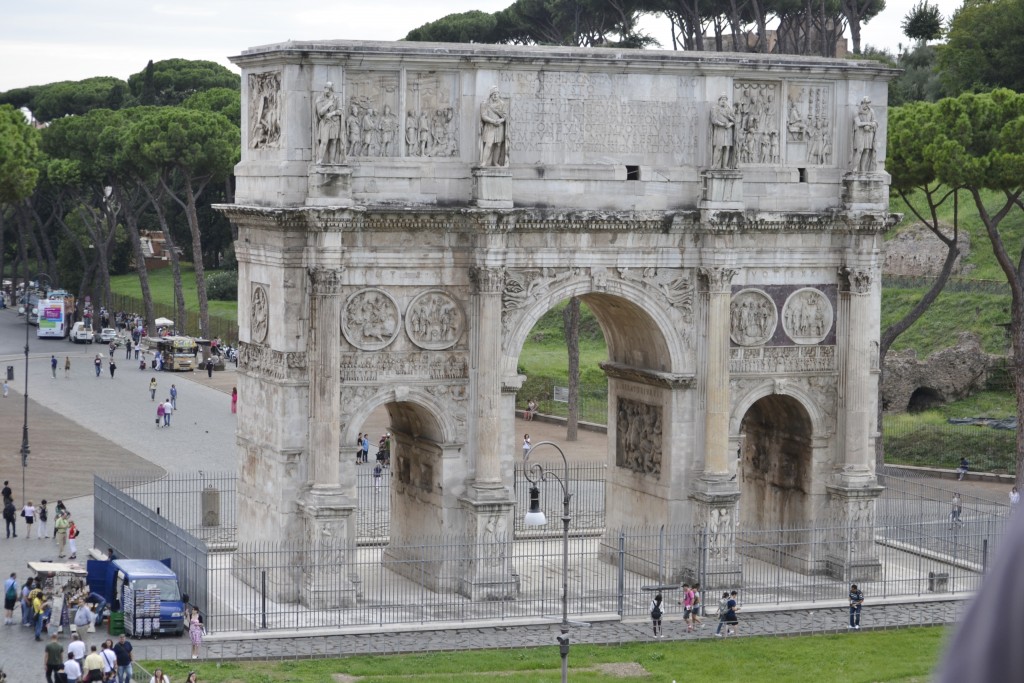
To the left of the Arch of Titus is the famous Arch of Constantine which leads into Palatine Hill. The Hill was Rome’s first settlement and was the home of Rome’s founders Romulus and Remus.
The arch’s portico tells the story of Constantine’s Battle of the Milvian Bridge in 312 AD. Constantine claimed that he had a vision from God which led to his victory. He swore to legalize Christianity and give his support to Christians.
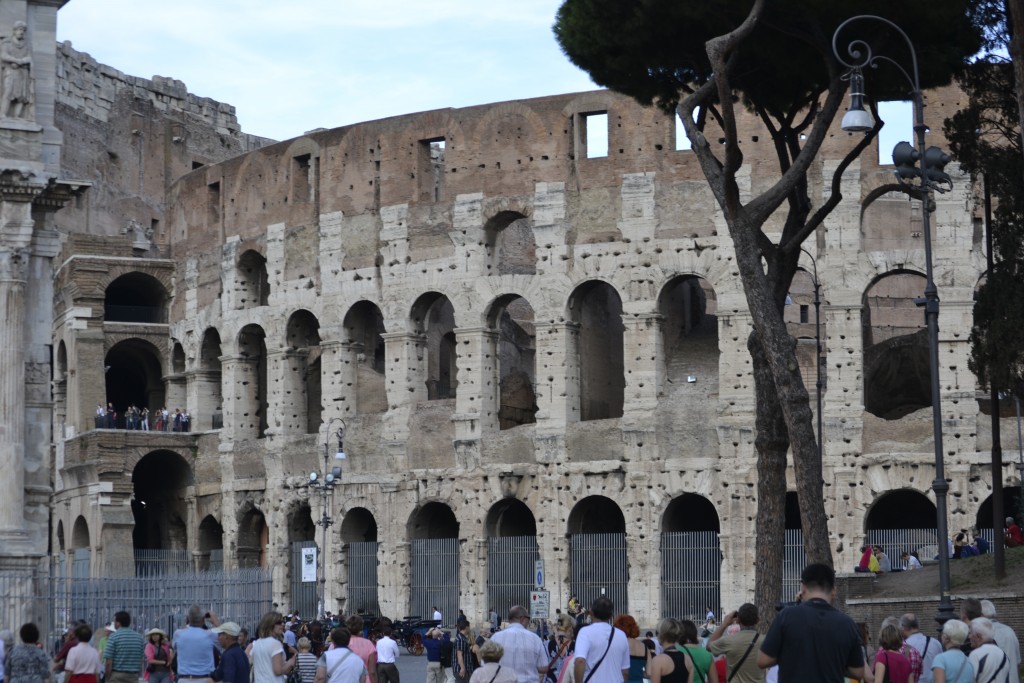
Another important site in Rome is the Flavian Amphitheater, more commonly known as the Colosseum. After the brutal reign of Nero, it was Vespasian who commissioned the amphitheater as a gift to the Romans. This massive structure could hold up to 55,000 spectators and was built with 80 entrances to allow attendees to find their seats in a record time of 15 minutes.
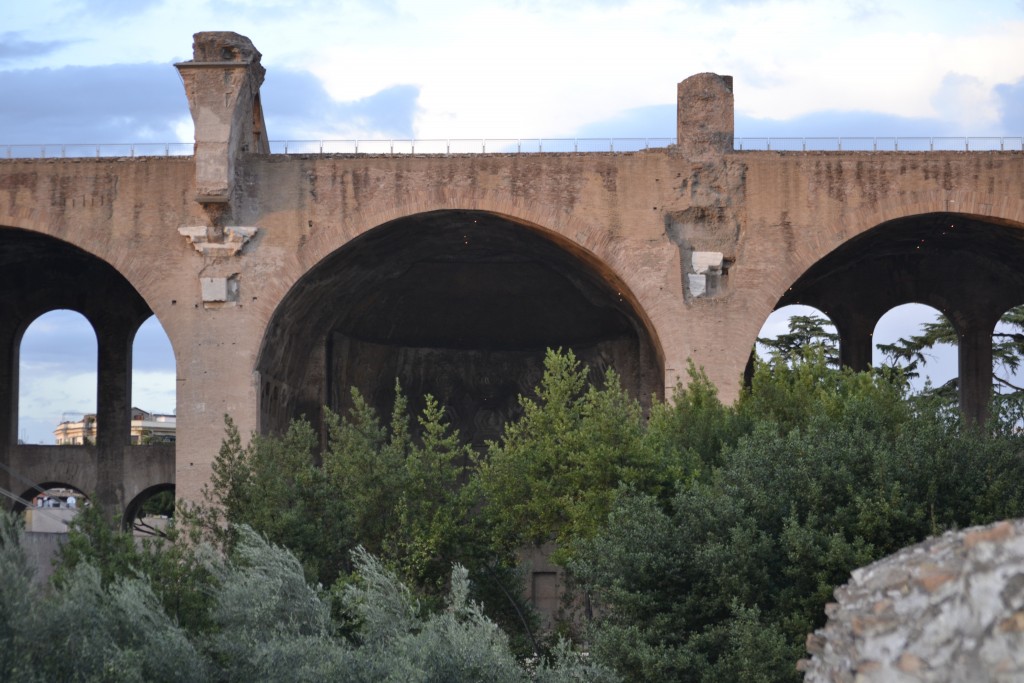
With only a couple of hours before hailing a taxi to the port, I strolled over towards the Roman Forum for a closer view of the Basilica of Constantine and Maxentius. The three arches are all that remain of the largest building on display in the Forum. The basilica was the central location where the government’s legal and administrative duties were performed.
One final ride on the bus and I have arrived at the Trevi Fountain before taking the subway back to the hotel. This fountain is Rome’s largest and most famous. I took my first glimpse of Neptune rising out of the water with two Tritons and their sea horses and I could not look away. The sculpture is larger than life and the intricate detail and scale of this monolith is nothing less than awesome. I completed my day in Rome by throwing a coin in the fountain, and if the tradition is true, I will one day return to this magnificent place!
Have you ever visited a place that was so exciting but you just couldn’t find the time to see all of the sites? Let me know in the comments section below about your experience and how you handled it! I would also love to hear about your adventures in Rome, any recommendations or suggestions for my next visit! Many thanks for reading about my weekend in Rome and wishing you many Happy Travels!
What to See and What to Do:
Trinita dei Monti
Piazza della Trinità dei Monti, 3, 00187 Roma RM, Italy
Telephone: +39 06 679 4179
- Admission Fee: There is no fee to enter the church, but a small offering is suggested.
- Hours: The church is open from 10AM to 8PM on Monday, Tuesday, Thursday, Friday and Saturday; open from noon to 8PM on Wednesday and from 9AM to 8PM on Saturday.
- Guided Tours: Guided tours are provided on the first and third Wednesday of each month at 5PM. Reservation is required and there is a fee associated with the tour: Adults are 12 Euro, Students and Children ages 12 – 18 are 6 Euros and Children under the age of 11 are free of charge.
- Scenic View: Beautiful views of the plaza and the Via Condotti from the top of the steps leading up to the church.
- Length of Visit: 1 – 2 hours
- Tips for Your Visit: There are several steps (the Spanish Steps lead up to the church, so wear comfortable shoes. Dress appropriately covering your shoulders and knees as you may be denied entrance if not covered up. A small offering may be requested so be prepared.
Vatican Museum
00120 Vatican City
Telephone: +390669881022
- Admission Fee: 17 Euros to visit the Vatican Museum and Sistine Chapel independently. For additional types of tours, visit the website directly.
- Hours: The museum is open Monday to Saturday from 9AM to 6PM (final entry at 4PM); Every last Sunday of the month, the museum is open from 9AM to 2PM.
- Guided Tours: A long list of guided tours are available and can be researched on the website listed above.
- Scenic View: Beautiful views of Rome from the various balconies; amazing artifacts and ancient relics as well as artwork in the Sistine Chapel.
- Length of Visit: 5 – 6 hours
- Tips for Your Visit: If visiting the museum independently, purchase your tickets in advance. Be aware that the museum is very crowded when the cruise ships are in port.
Roman Forum
Via della Salara Vecchia, 5/6
00186 Roma RM, Italy
Telephone; +39 06 0608
- Admission Fee: 12 Euros per adult, children under the age of 17 are free; The Admission Fee includes entrance into the Palatine Hill and the Colosseum.
- Bus/Train Information: Buses 40, 44, 84, 780 and 810; Metro Station – Colosseo, line B- (blue)
- Hours: Open daily from 8:30AM to 3:30PM (closed January 1st and December 25th) The ticket counter closes one hour before closing time. Confirm with the Roman Forum’s website: https://turisimoroma.it/cosa-fare/fori
- Amenities: audio headsets, tour guides (additional charge)
- Audio Guides and Guided Tours: Audio guides are available for a nominal fee.
- Length of the Tour: 2 – 3 hours total
- Tips for Your Visit: Your ticket to the Roman Forum includes The Colosseum and Palatine Hill. For security reasons, it is strictly forbidden to enter the attraction with backpacks, camping equipment, bulky bags, luggage or trolley. Medium and small-sized backpacks are permitted, but may be screened by metal detectors. Bags may also be opened and visually inspected by security. Wear comfortable shoes and bring your water bottle to refill at the drinking fountains.
Colosseum/Flavian Amphitheater
Piazza del Colosseo, 1
00184 Roma RM, Italy
- Admission Fee: 12 Euros per adult, children under the age of 17 are free; The Admission Fee includes entrance into Palatine Hill and the Roman Forum. Additional fee for a guided tour of the underground. All guests are FREE the first Sunday of the month.
- Hours: Open daily from 8:30AM to 3:30PM (closed January 1st and December 25th) The ticket counter closes one hour before closing time. Confirm with the Colosseum’s website: www.the-colosseum.net/around/visit.htm
- Amenities: audio headsets, tour guides (additional charge), bookstore
- Audio Guides and Guided Tours: Audio guides are available for a nominal fee.
- Length of the Tour: 2 – 3 hours total (another hour for the underground tour)
- Tips for Your Visit: The Colosseum is the most visited attraction in Rome. While the ticket line may be long, you may want to consider purchasing your ticket at the Palatine Hill as your ticket also includes entrance into the Roman Forum and the Palatine Hill, located next door. For security reasons, it is strictly forbidden to enter the attraction with backpacks, camping equipment, bulky bags, luggage or trolley. Medium and small-sized backpacks are permitted, but must be screened by metal detectors. Bags will be opened and visually inspected by security. Due to new security measures it is necessary to arrive at least 30 minutes before collecting your reservation at the ticket counter. Wear comfortable shoes and bring your water bottle where you can fill it with water.
Palatine Hill
Via di San Gregorio, 30
00184, Roma, RM, Italy
- Admission Fee: 12 Euros per adult, children under the age of 17 are free; The Admission Fee includes entrance into the Roman Forum and the Colosseum.
- Hours: Open daily from 8:30AM to 3:30PM (closed January 1st and December 25th) The ticket counter closes one hour before closing time. Confirm with the Colosseum’s website: https://www.romaexperience.com/palatine-hill/
- Amenities: audio headsets, tour guides (additional charge), bookstore
- Audio Guides and Guided Tours: Audio guides are available for a nominal fee.
- Length of the Tour: 2 – 3 hours total
- Tips for Your Visit: The Colosseum is the most visited attraction in Rome. Your ticket also includes entrance into the Palatine Hill, located next door. For security reasons, it is strictly forbidden to enter the attraction with backpacks, camping equipment, bulky bags, luggage or trolley. Medium and small-sized backpacks are permitted, but must be screened by metal detectors. Bags will be opened and visually inspected by security. Wear comfortable shoes and bring your water bottle to refill at the drinking fountains and think about bringing a picnic to enjoy on the grounds.
Where to Stay:
Courtyard Rome Central Park
Via Giuseppe Mosacti 7
Rome 01168 Italy
Telephone: +39 06 355741
Where to Eat:
Antico Caffe del Teatro di Marcelo
Via del Teatro de Marcelo, 42 00186
Rome, Italy
Telephone: +39 06 678 5451
I ordered a margarita panini and it was fabulous! Check out their facebook page!
What to Eat:
- Artichokes: steamed or fried
- Cacio e Pepe: Cacio is a type of cheese from Rome’s countryside made from sheep’s milk. The dish is served over pasta and seasoned by black pepper.
- Carbonara: creamy white pasta served with pancetta and noodles
- Gelato: You have not had gelato until you have had it in Rome!
- Maritozzi is a popular breakfast pastry with chocolate chips served with espresso. Some maritozzi are filled with cream as well.
- Pecorino Romano cheese
- Pizza al Taglio is Rome’s answer to pizza with red sauce, meats, vegetables and cheeses. I also love the Italian margarita pizza with red sauce, mozzarella cheese and topped with basil.
- Porcetta: Pork wrapped around herbs and roasted on a spit
- Saltimbocca is a dish made with veal and sage wrapped in prosciutto, cooked in white wine and butter.
- Suppli is considered an Italian snack made of rice and meat with tomato sauce and filled with mozzarella cheese and then deep-fried. It reminds me of arancini in the US.
Where to Drink:
Il Goccetto (for wine)
Via dei Banchi Vecchi, 14
00186, Roma RM, Italy
Telephone: +39 06 9944 8583
Terrazza Borromini
Via di Santa Maria dell’Anima, 30A
00186 Roma RM, Italy
Telephone: +39 06 6821 5459
While the drinks are pricey, it will be worth the cost for the fabulous views.
What to Read:
- Imperium, by Robert Harris
- Roma, by Steven Saylor
- SPQR, by Mary Beard
- The Twelve Caesars, by Robert Grave
Photo Guide for Rome:
- Campo de’ Fiori for photos of the market
- The Colosseum
- Monti for upscale boutiques, restaurants and vintage stores
- The Pincio Terrace overlooking Piazza del Popolo in northern Rome
- The top of St. Peter’s Basilica
- Trastevere neighborhood for scenic alleyways, artisan workshops, the piazza at sunset, and tiny boutiques. Find the corner of Vicolo delle Torro off of Via della Lungaretta for photo-worthy pics.
- Trevi Fountain
